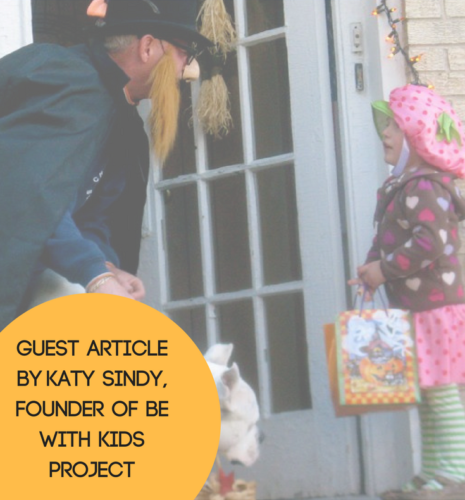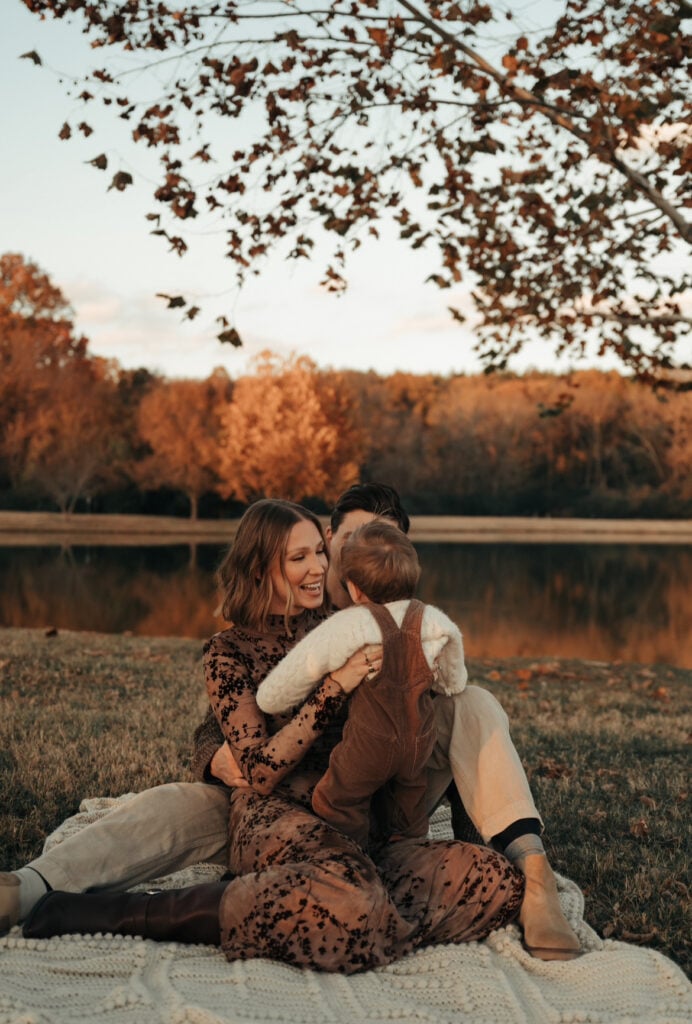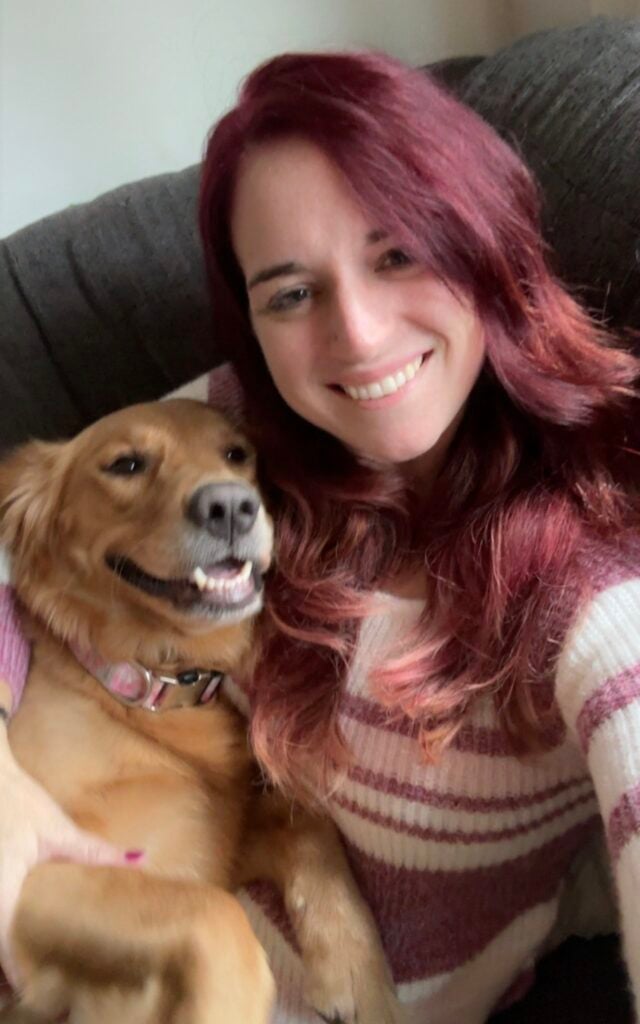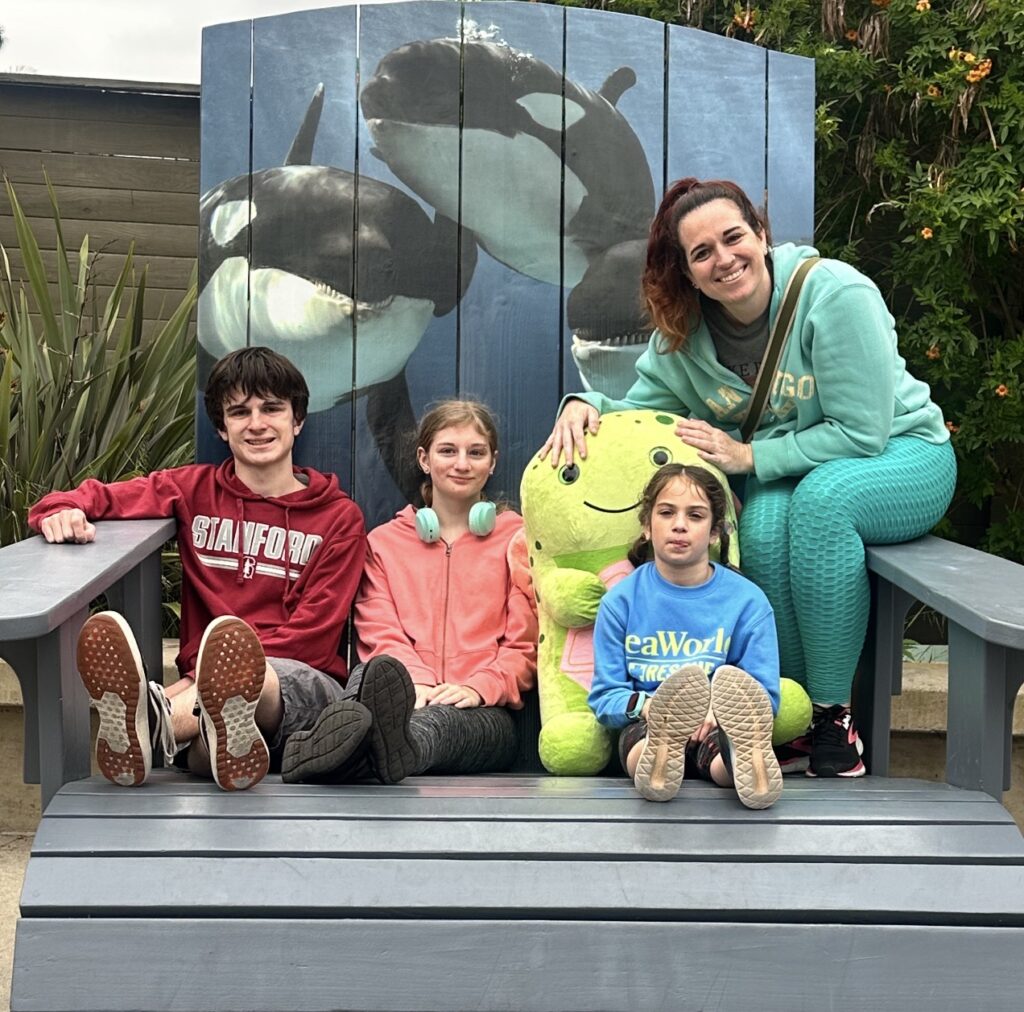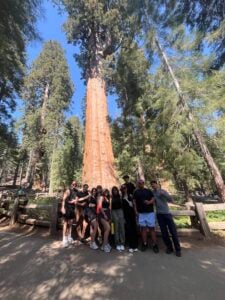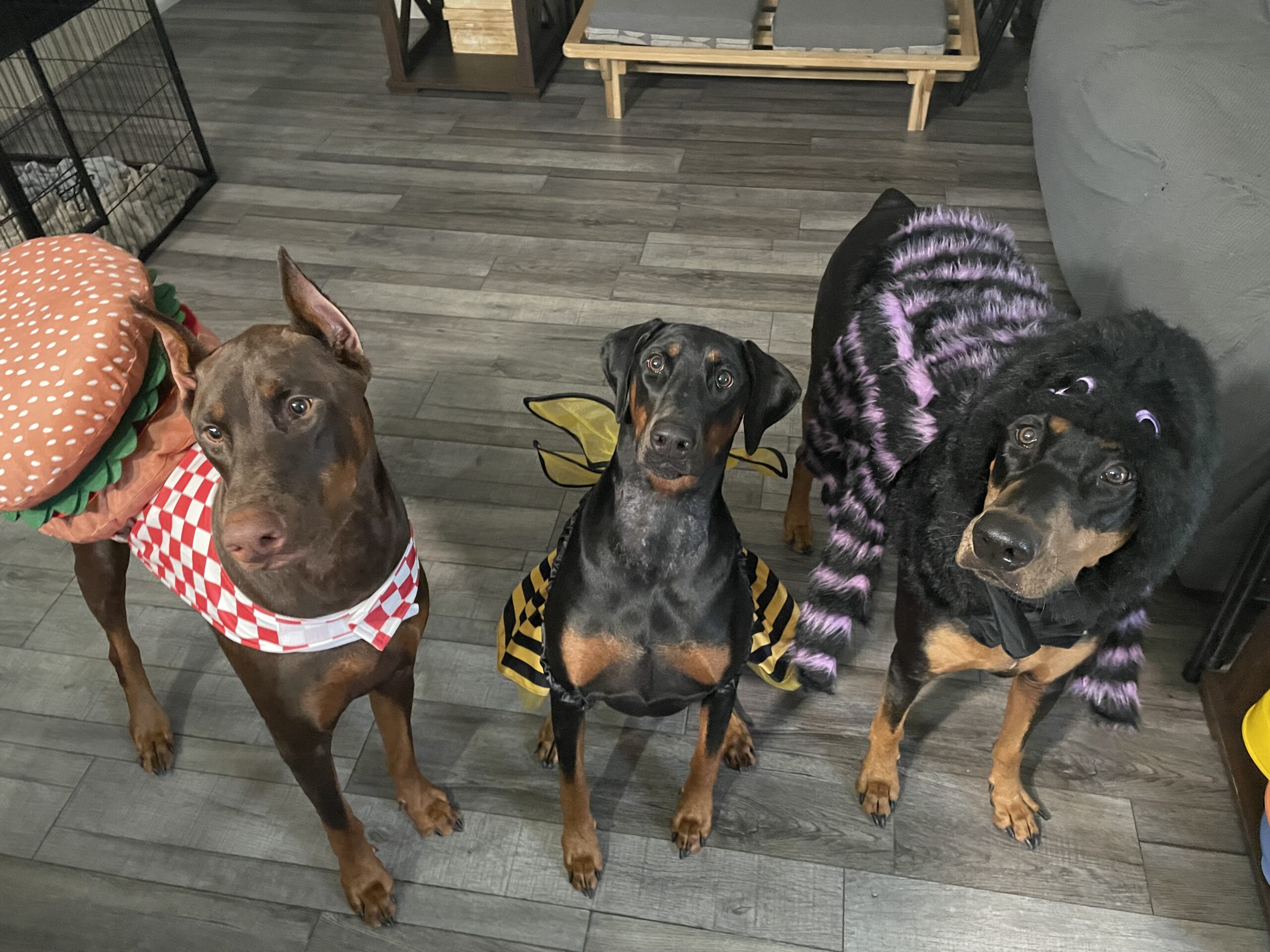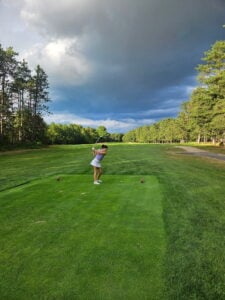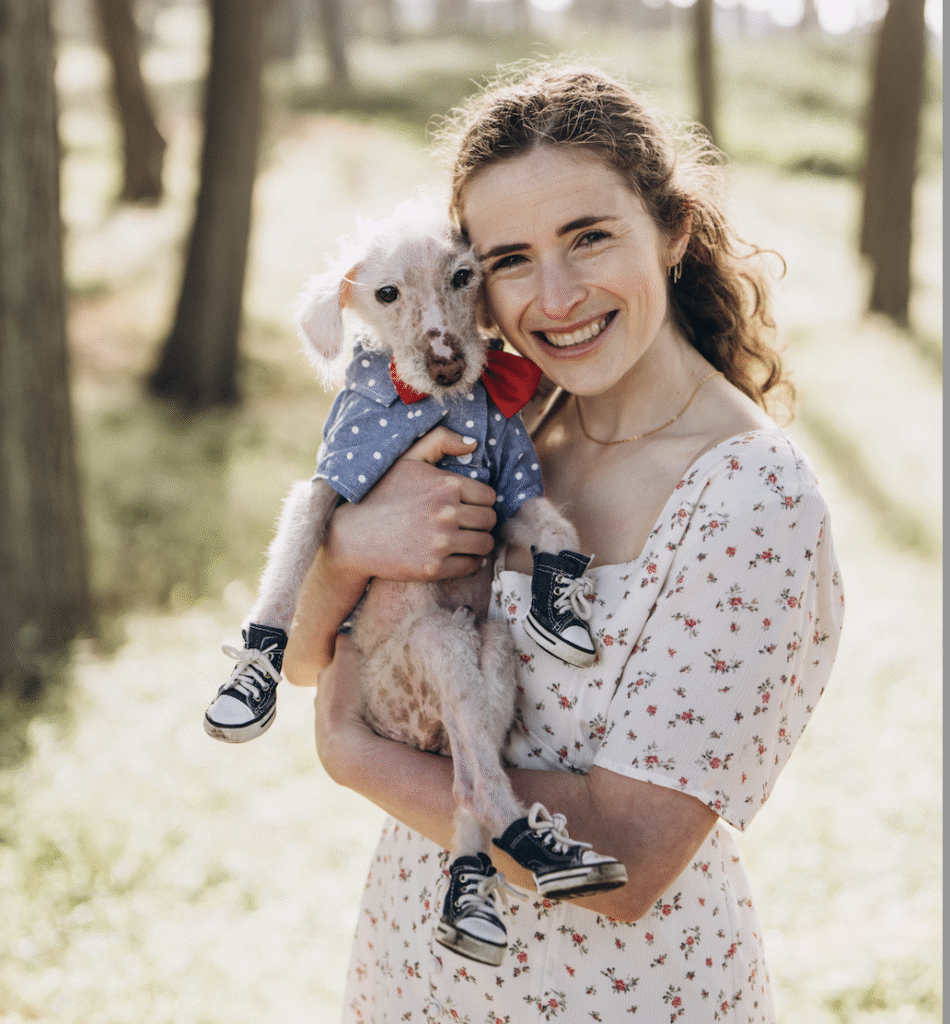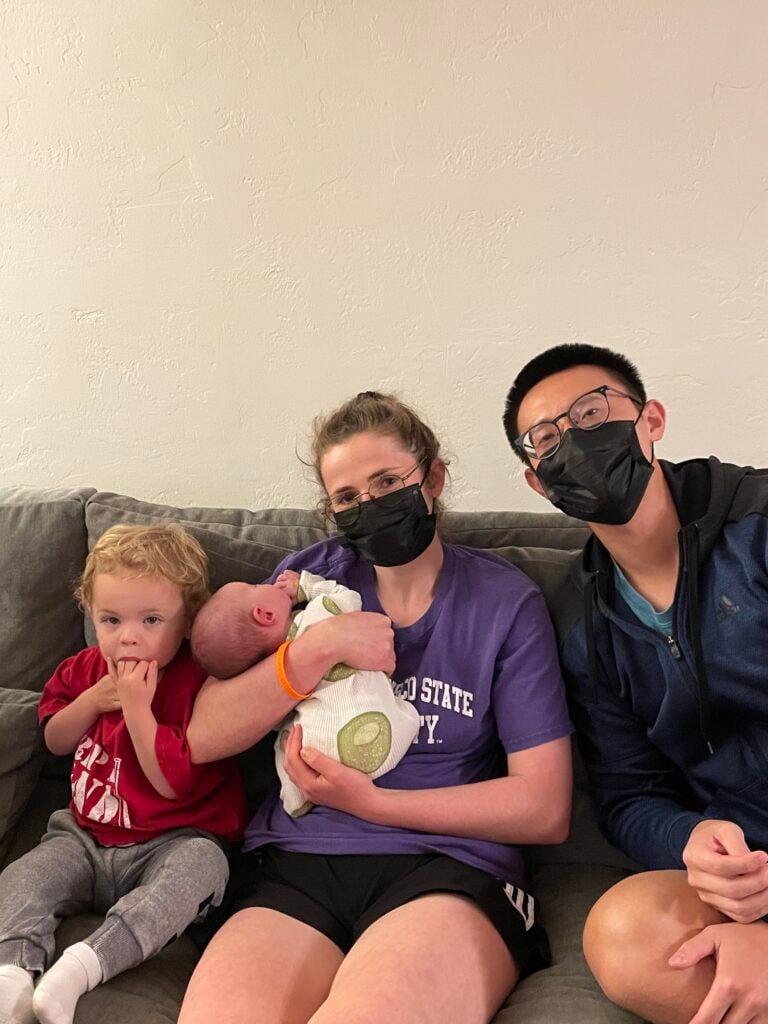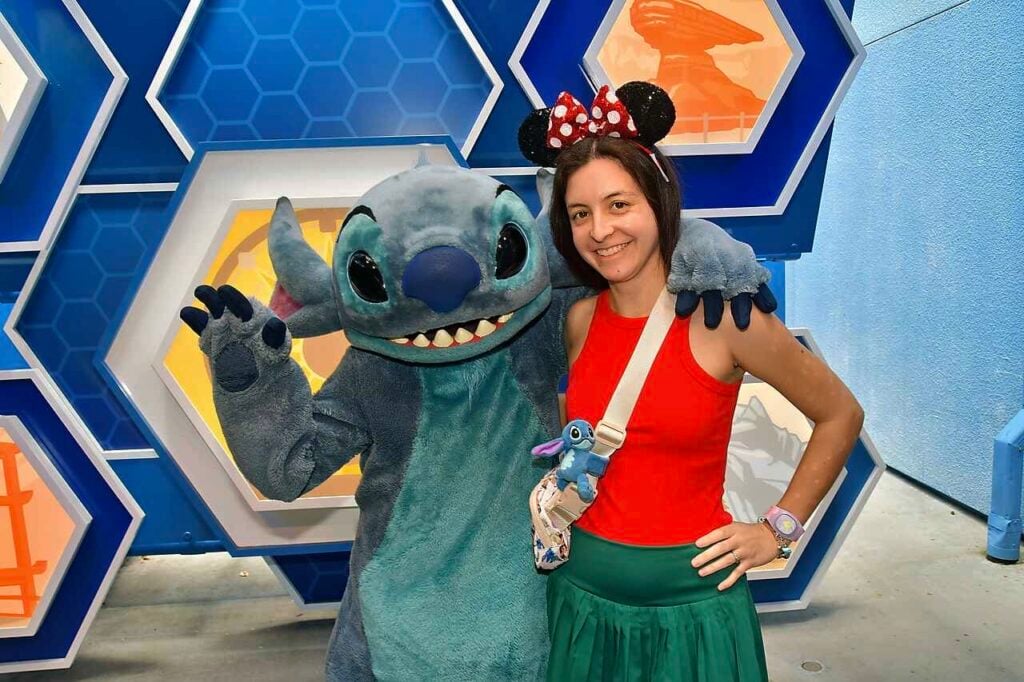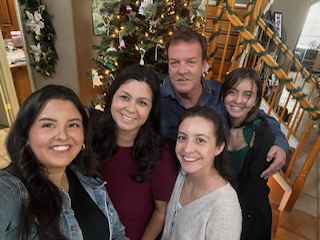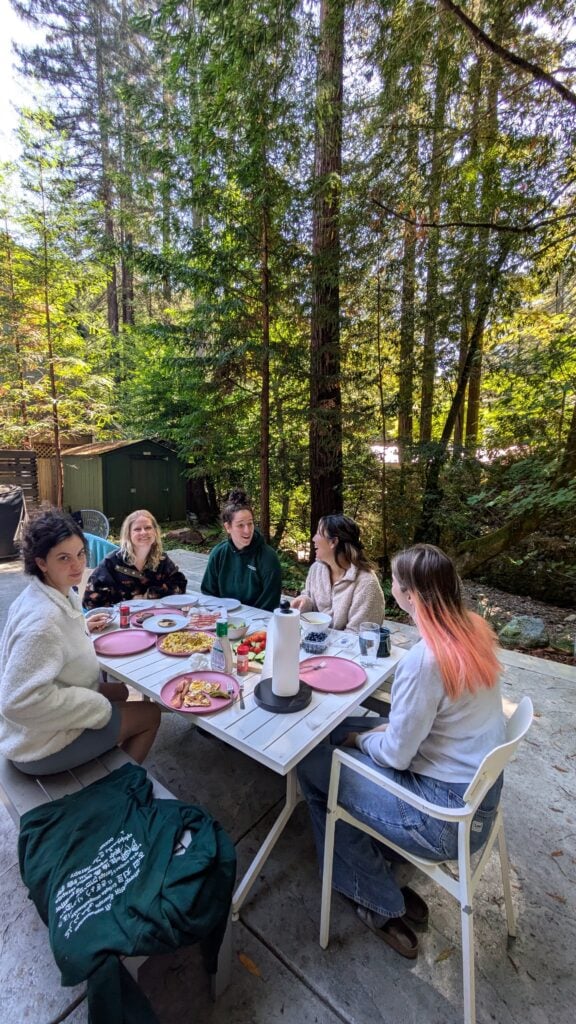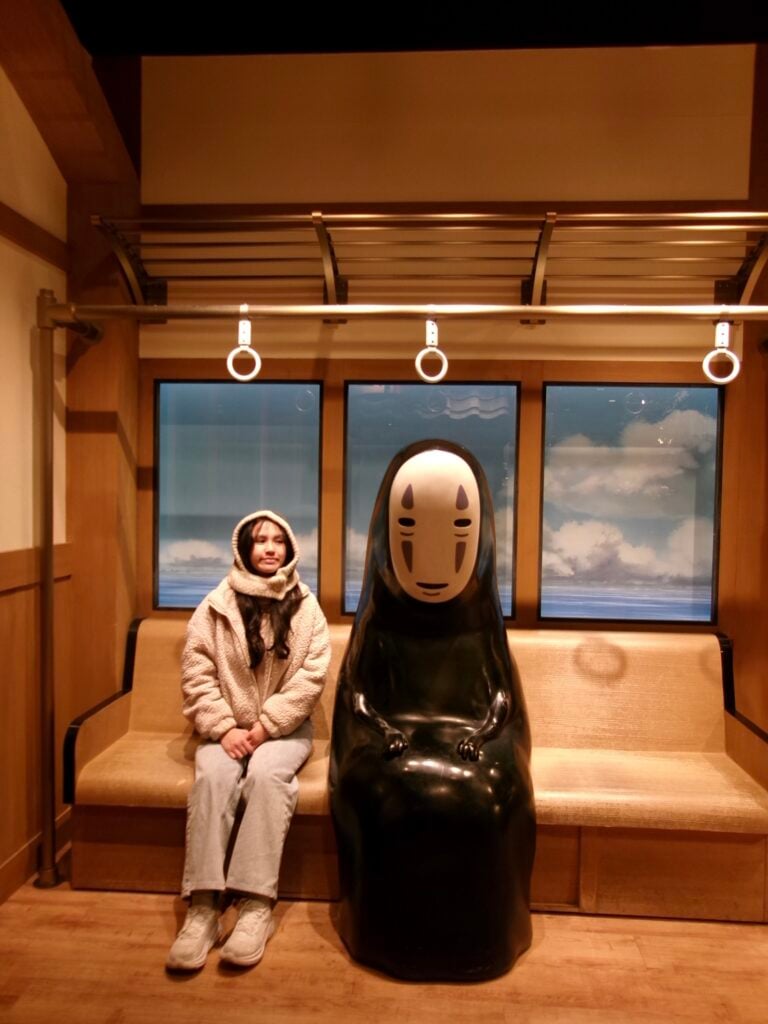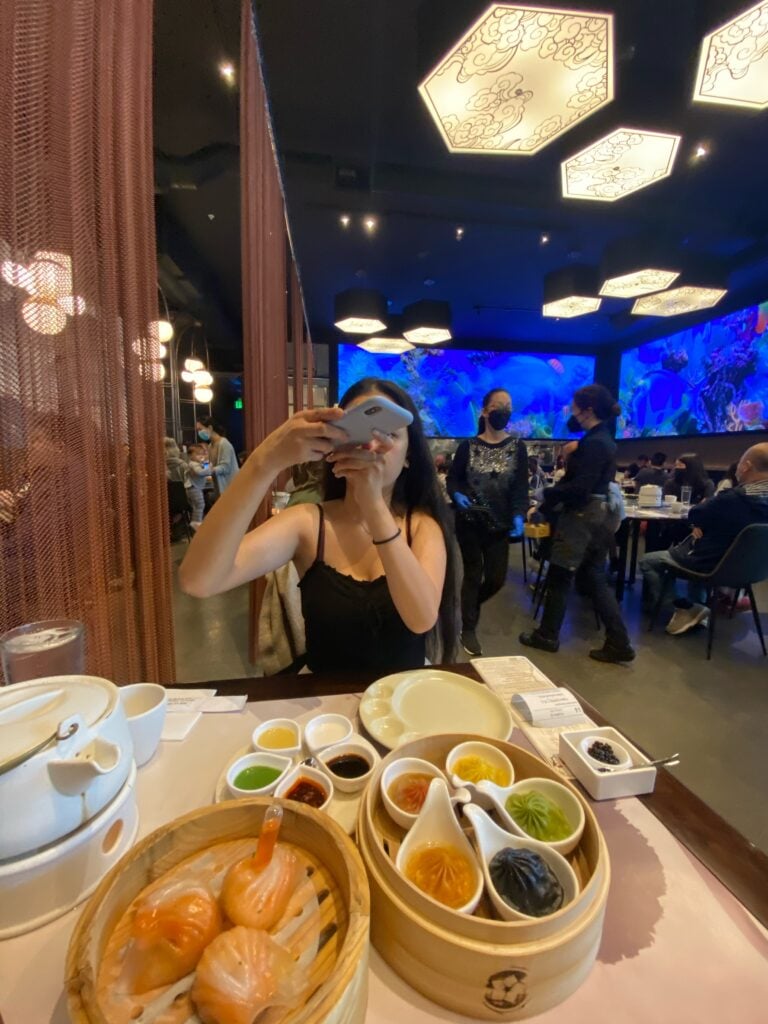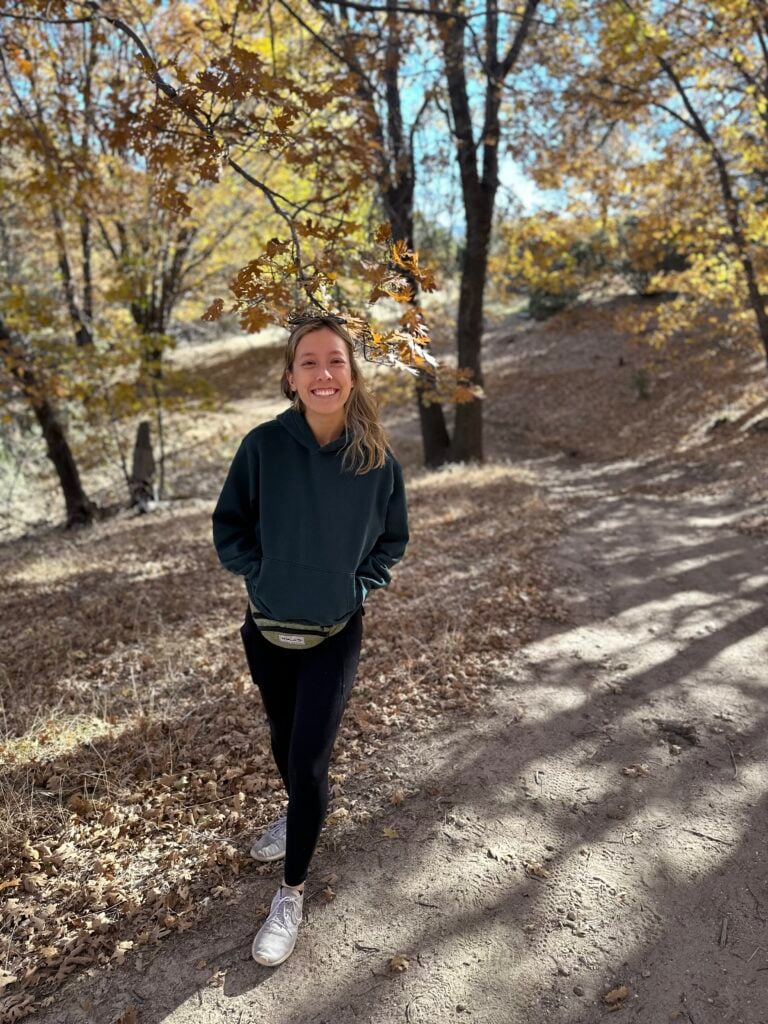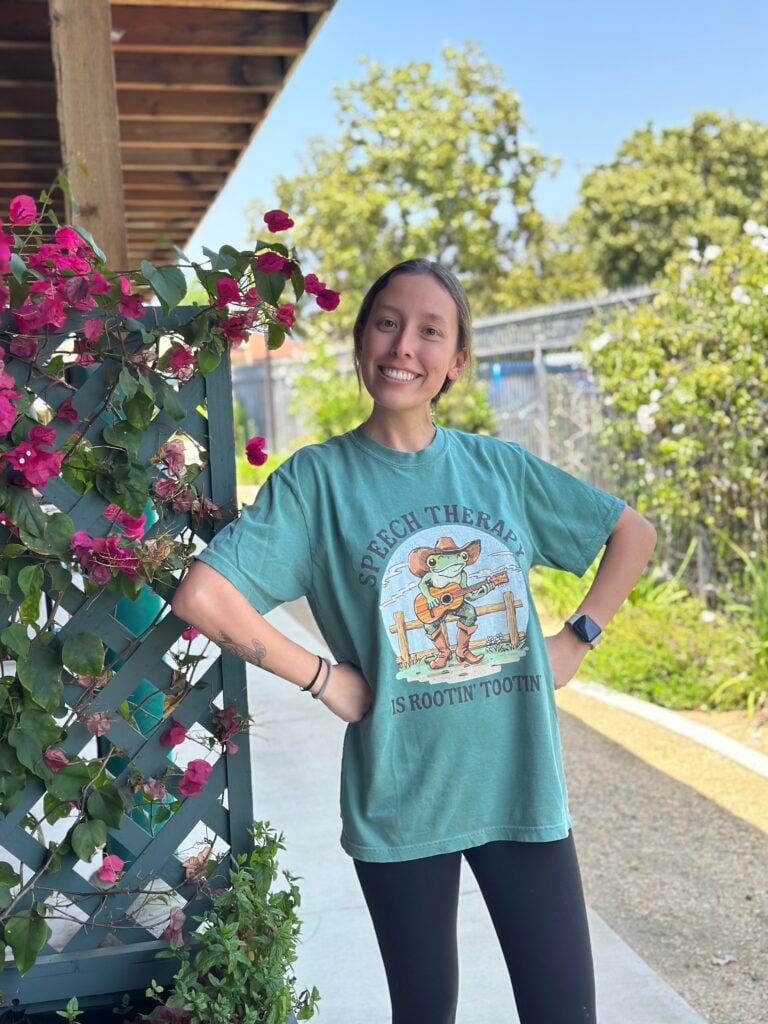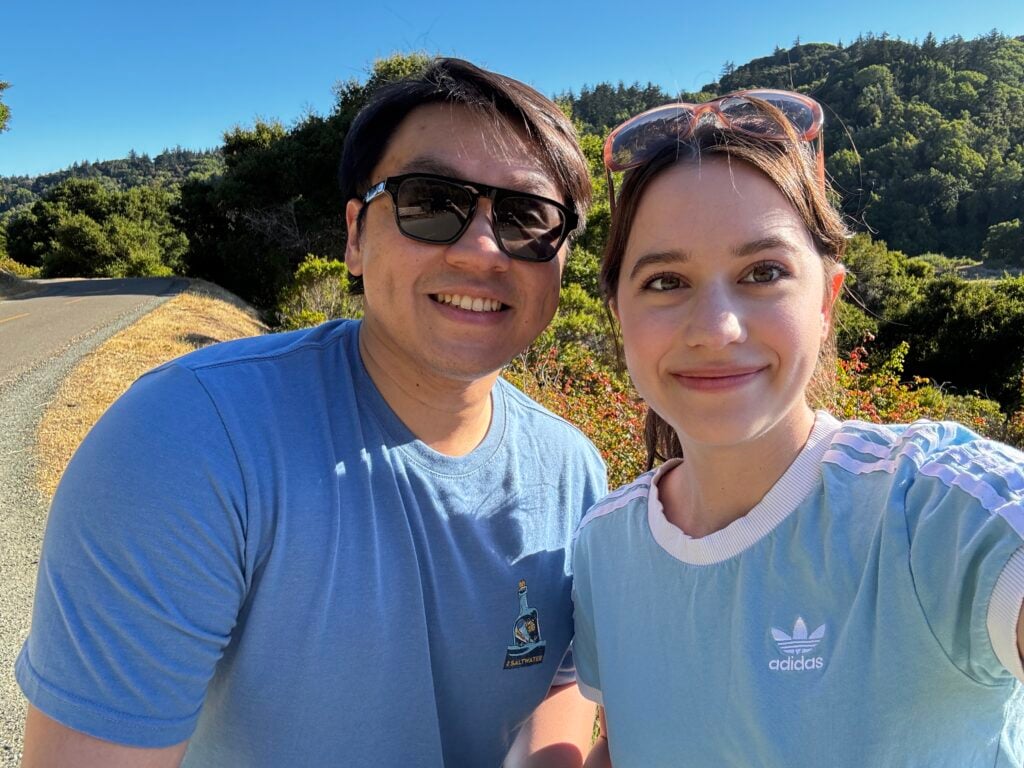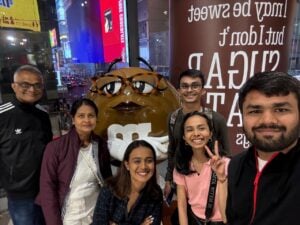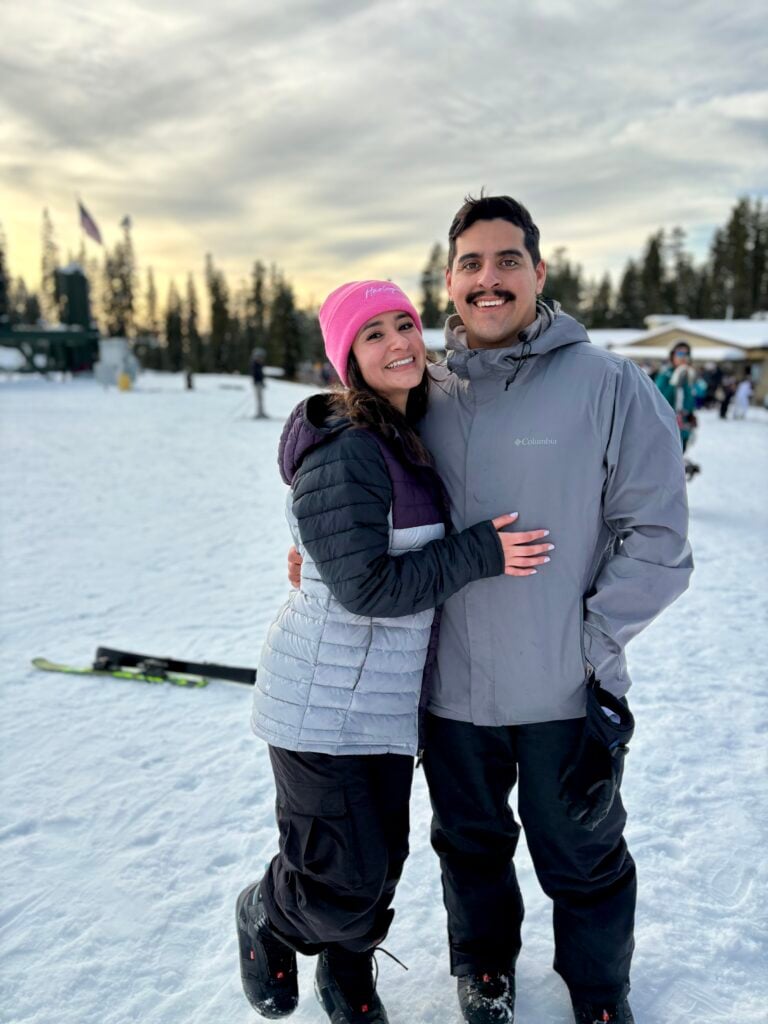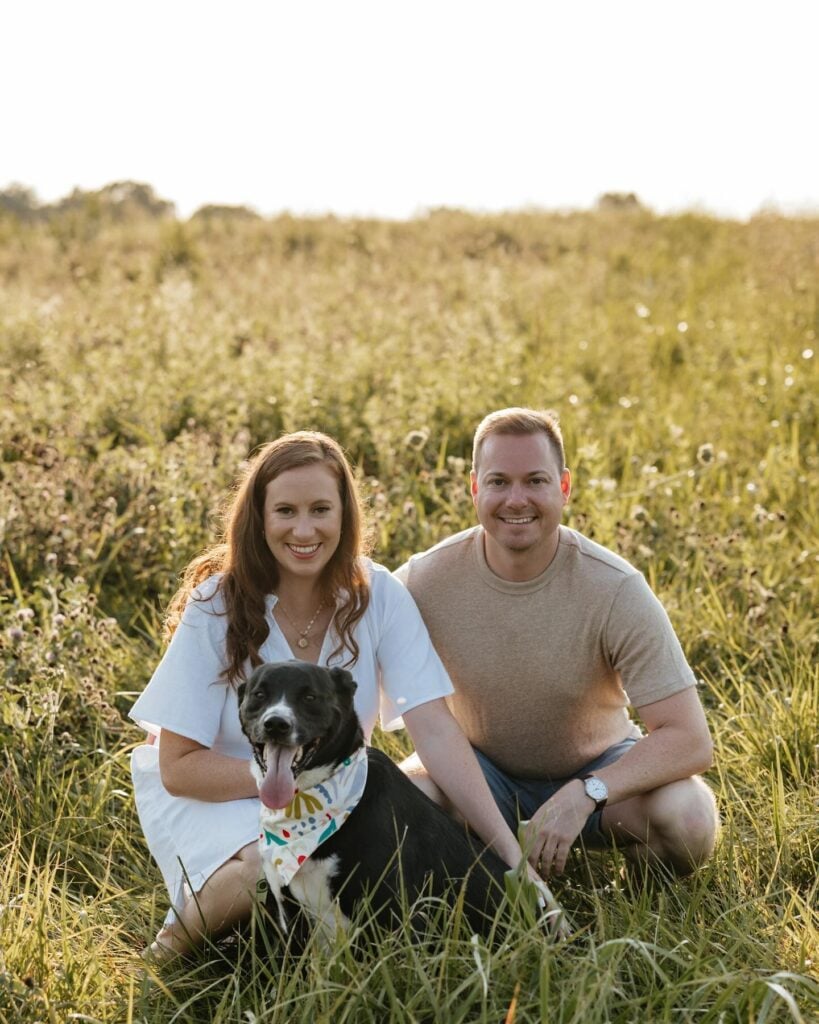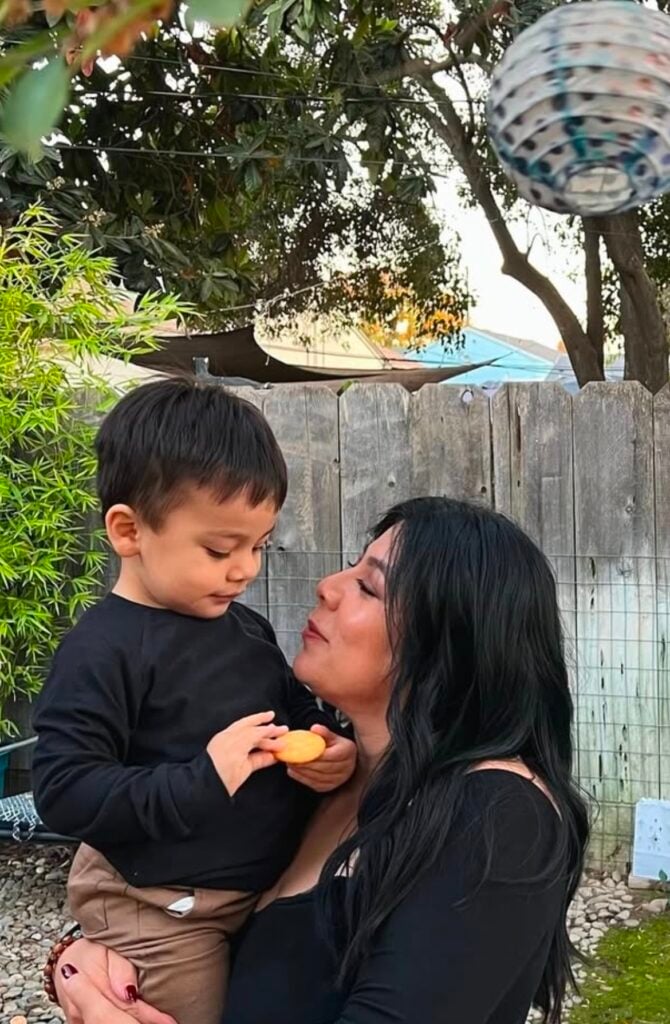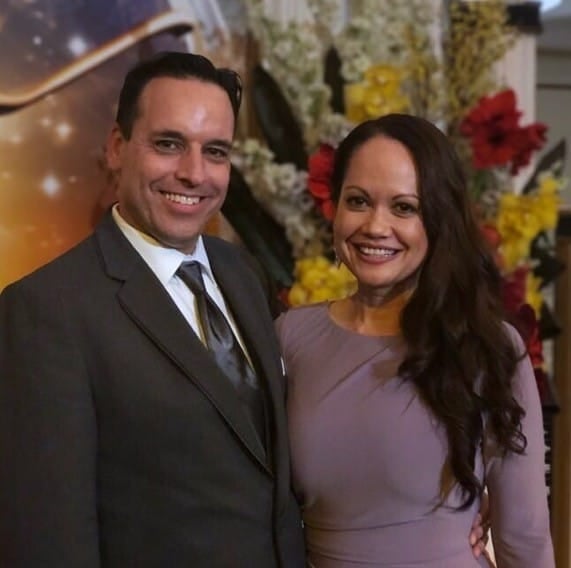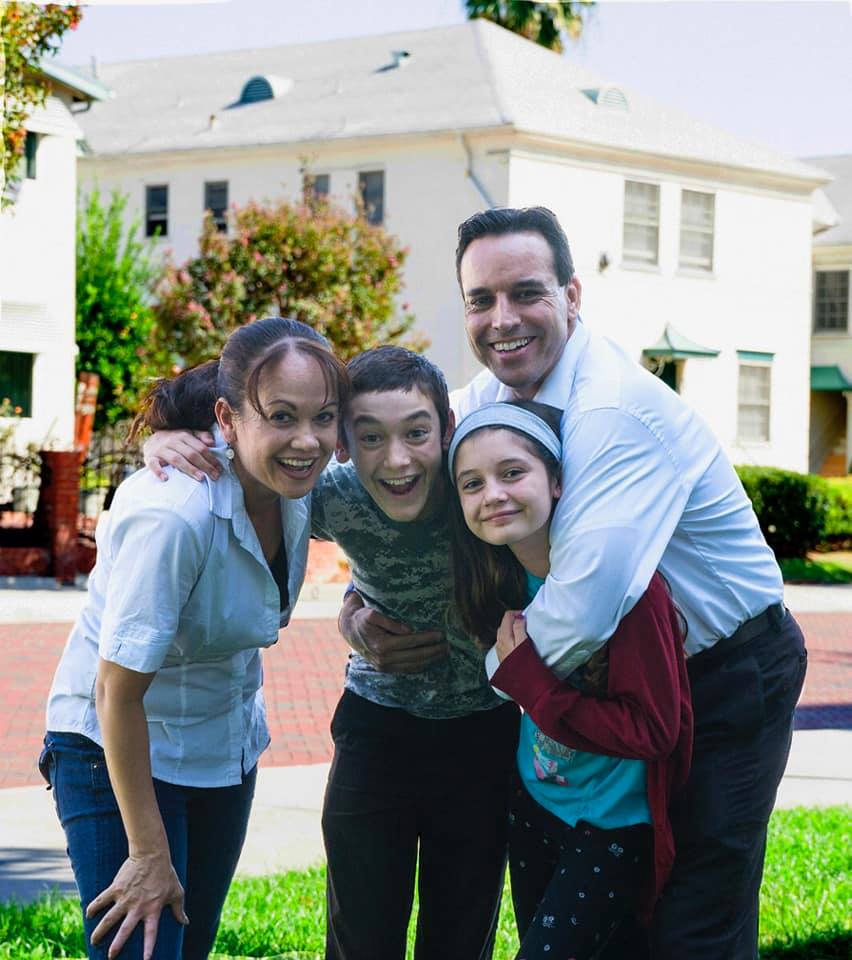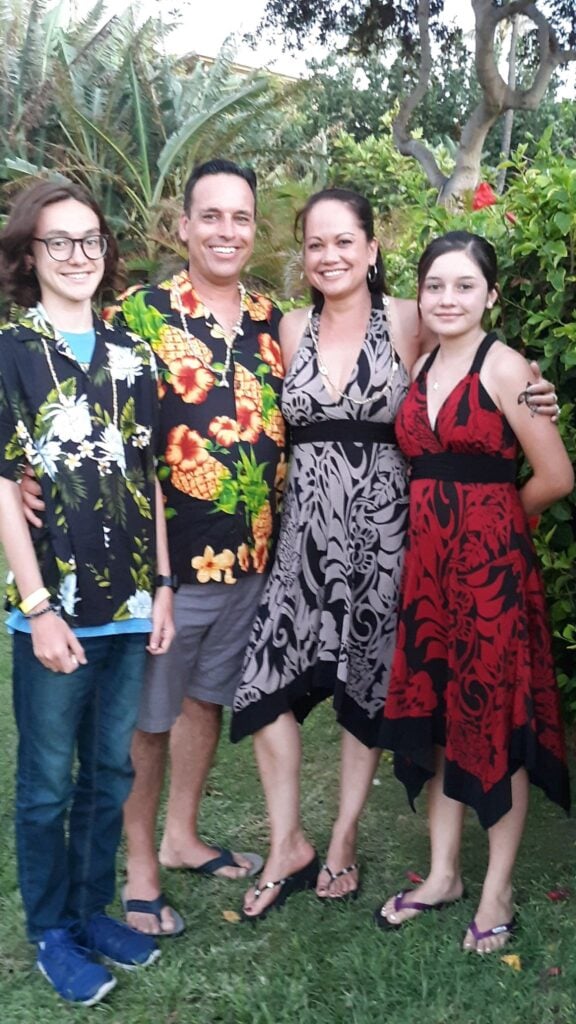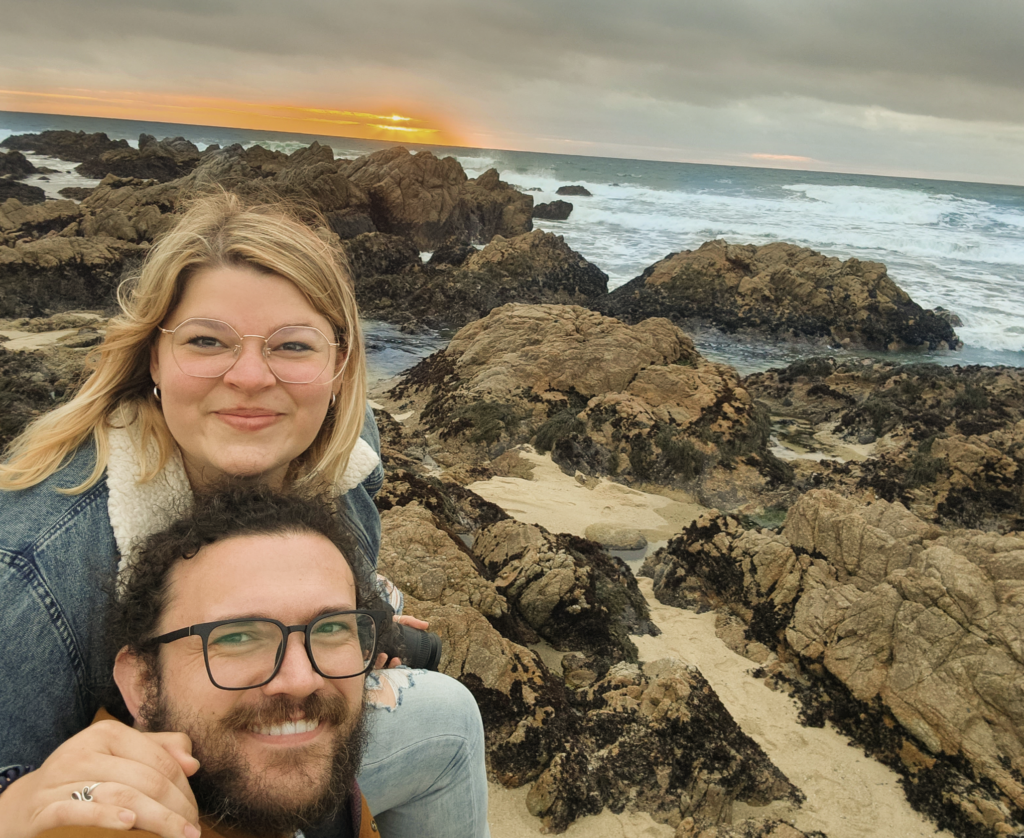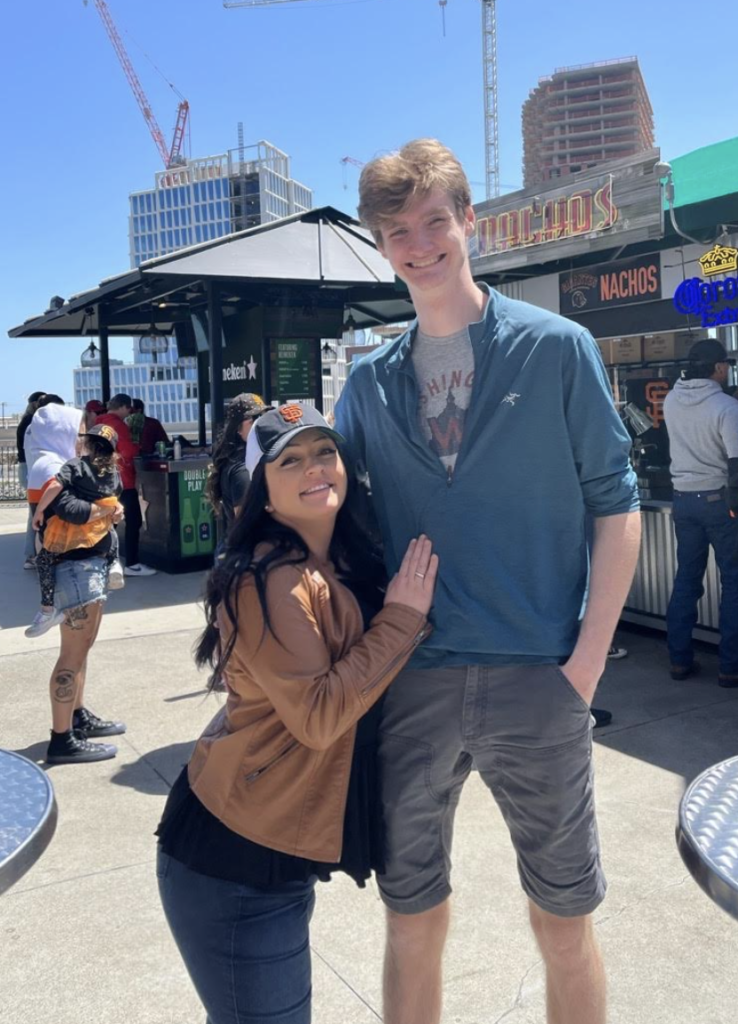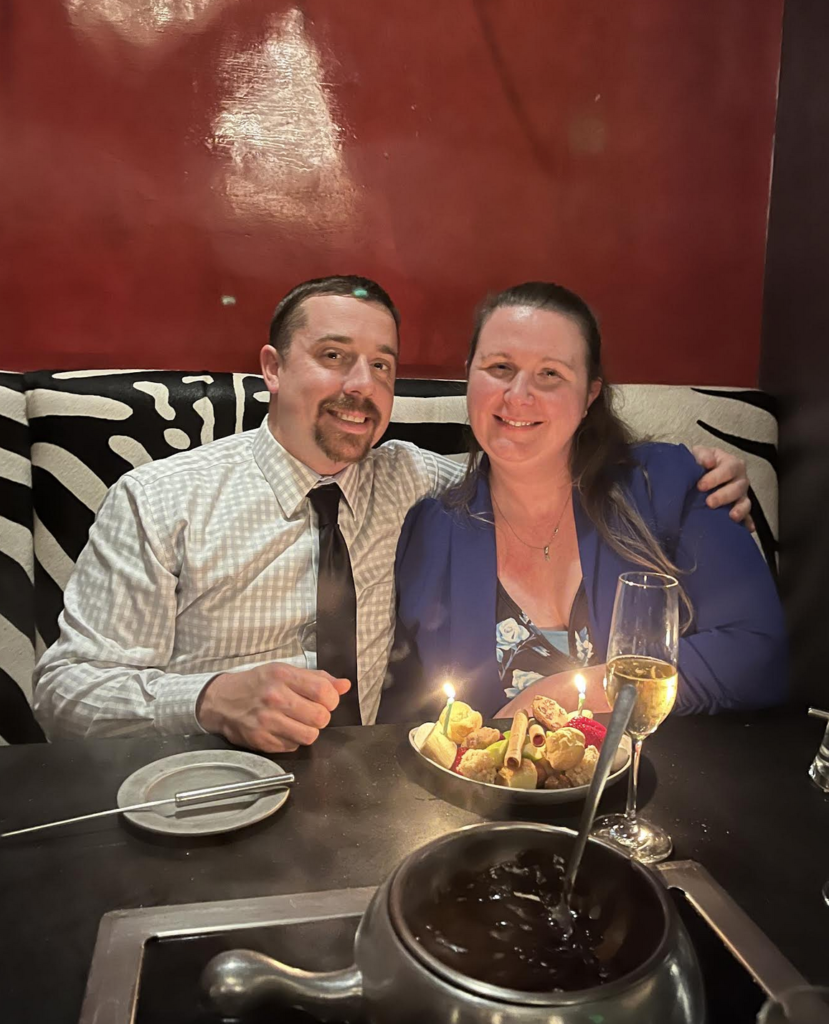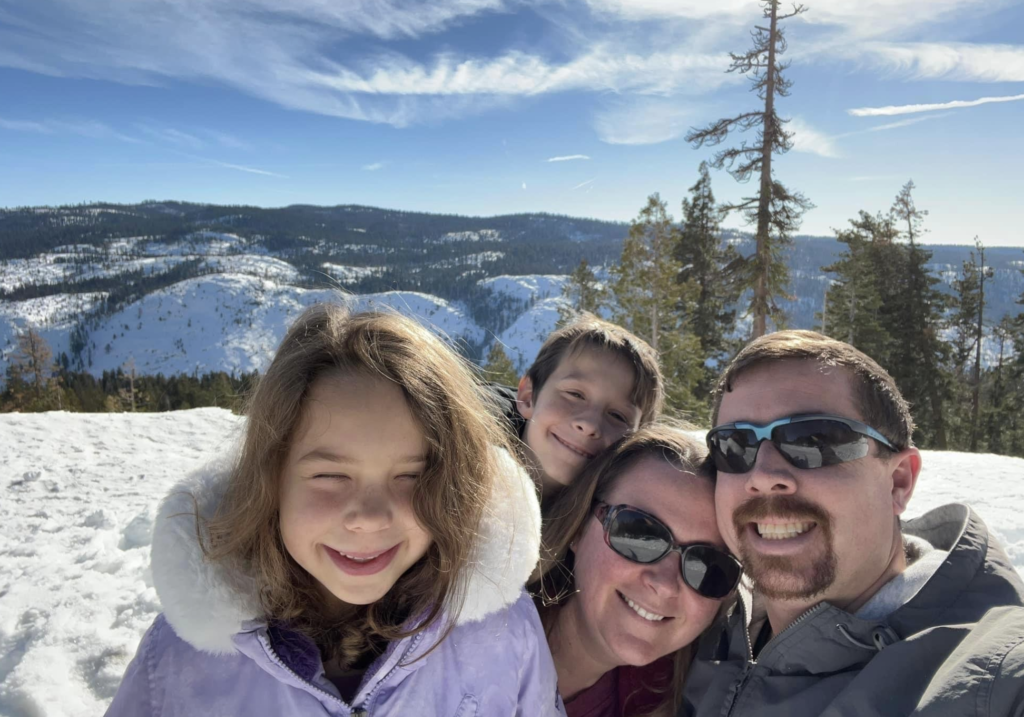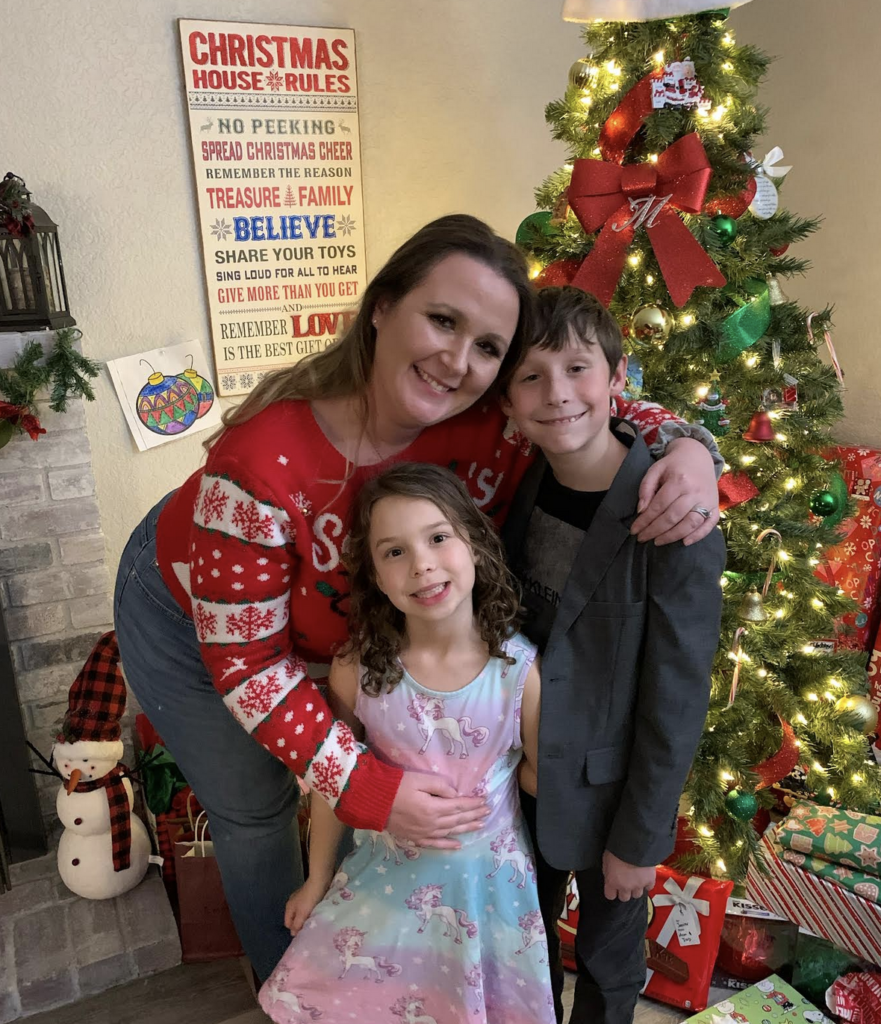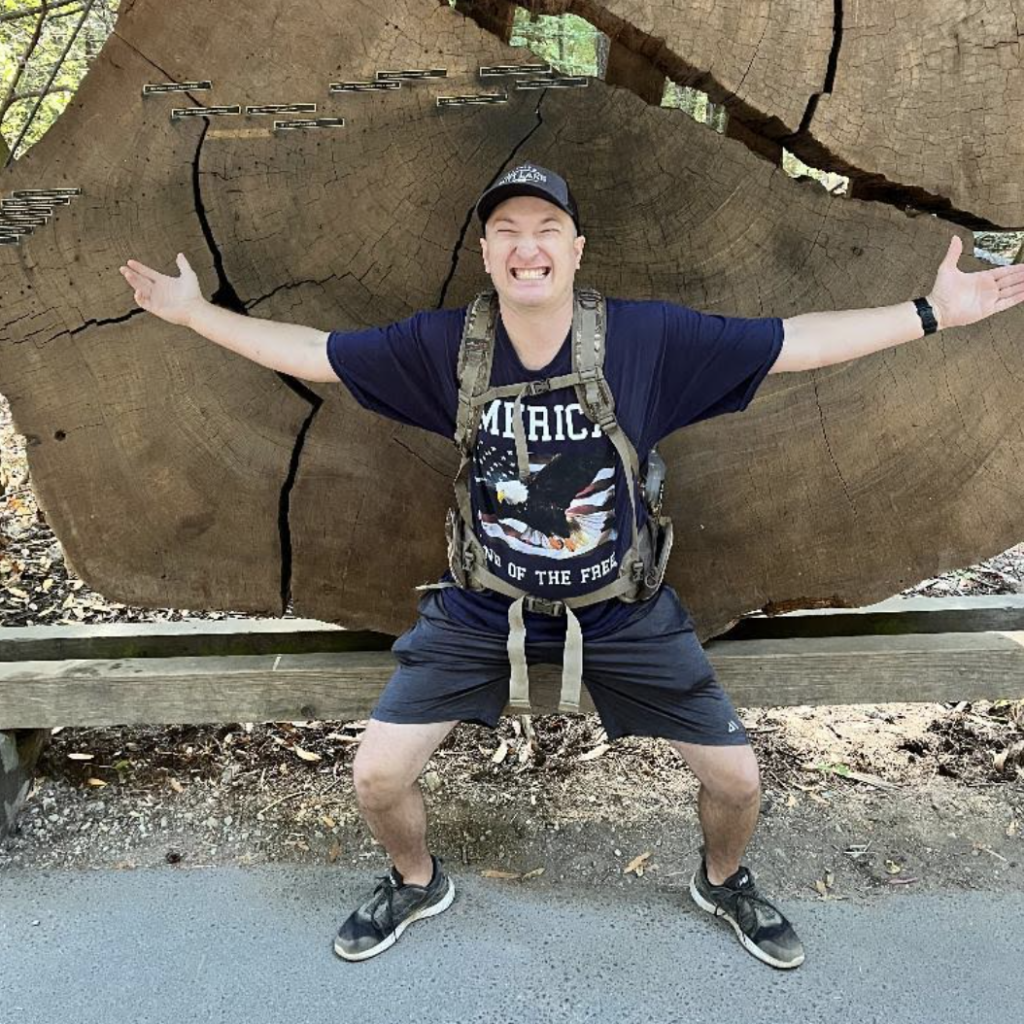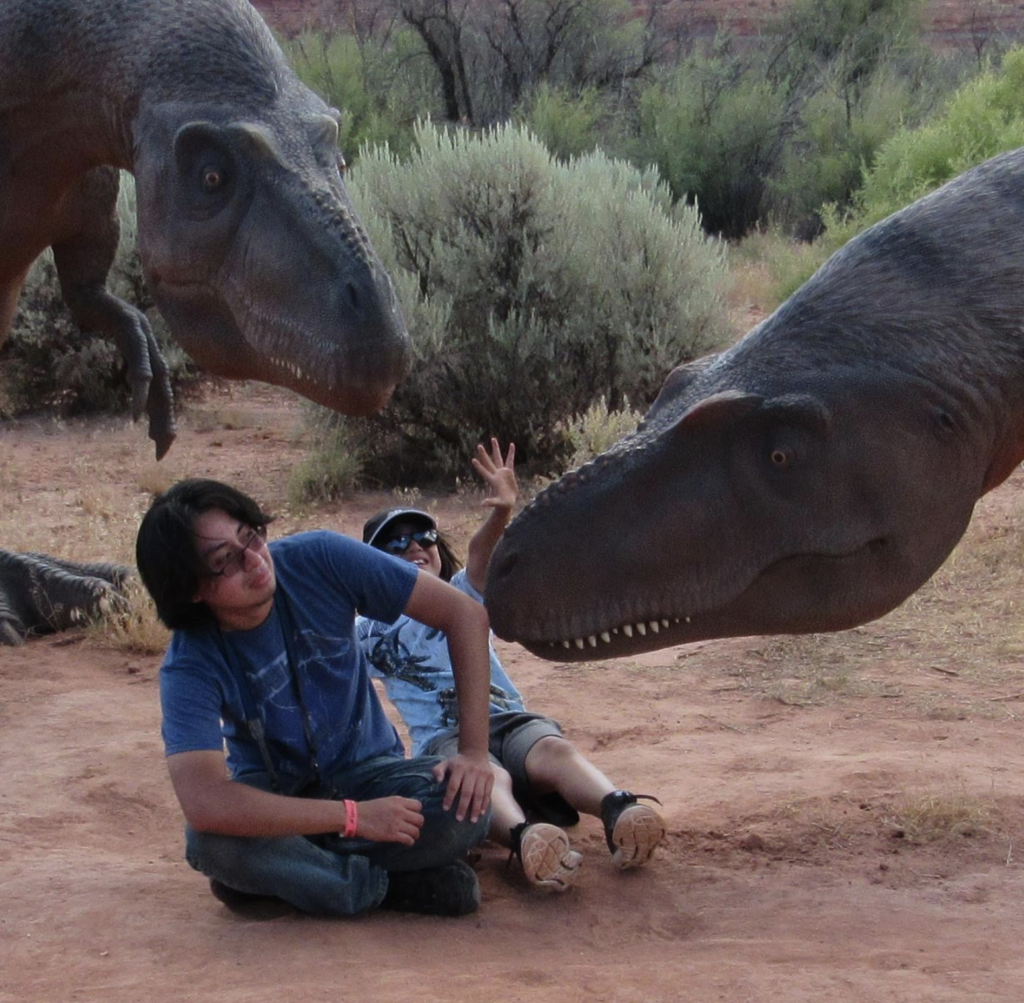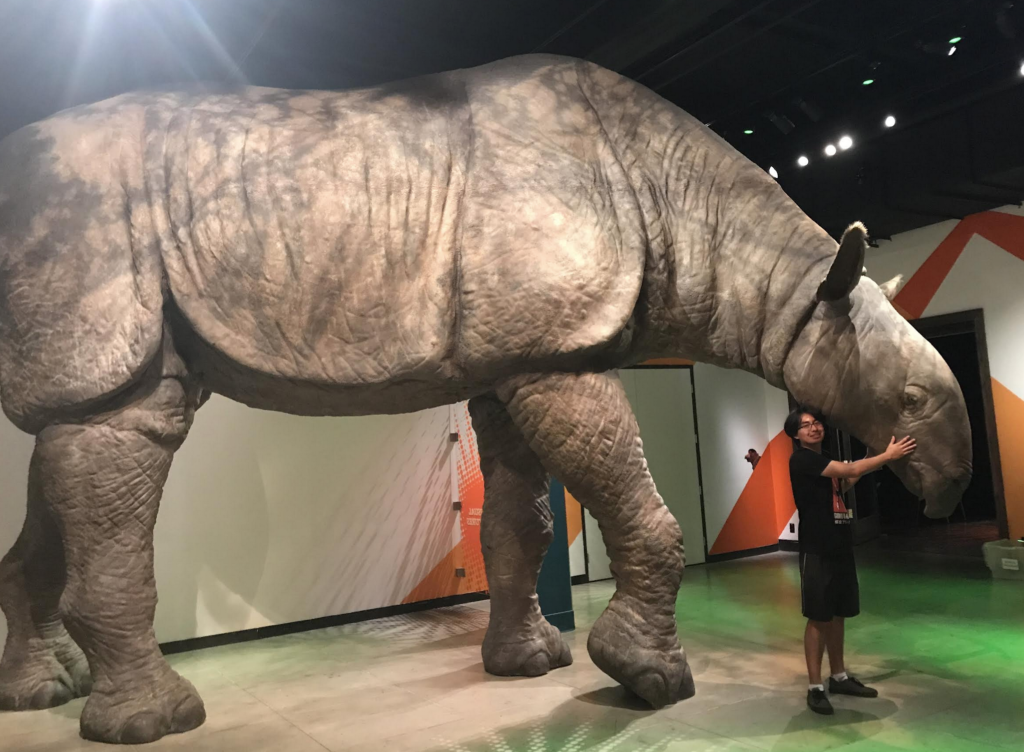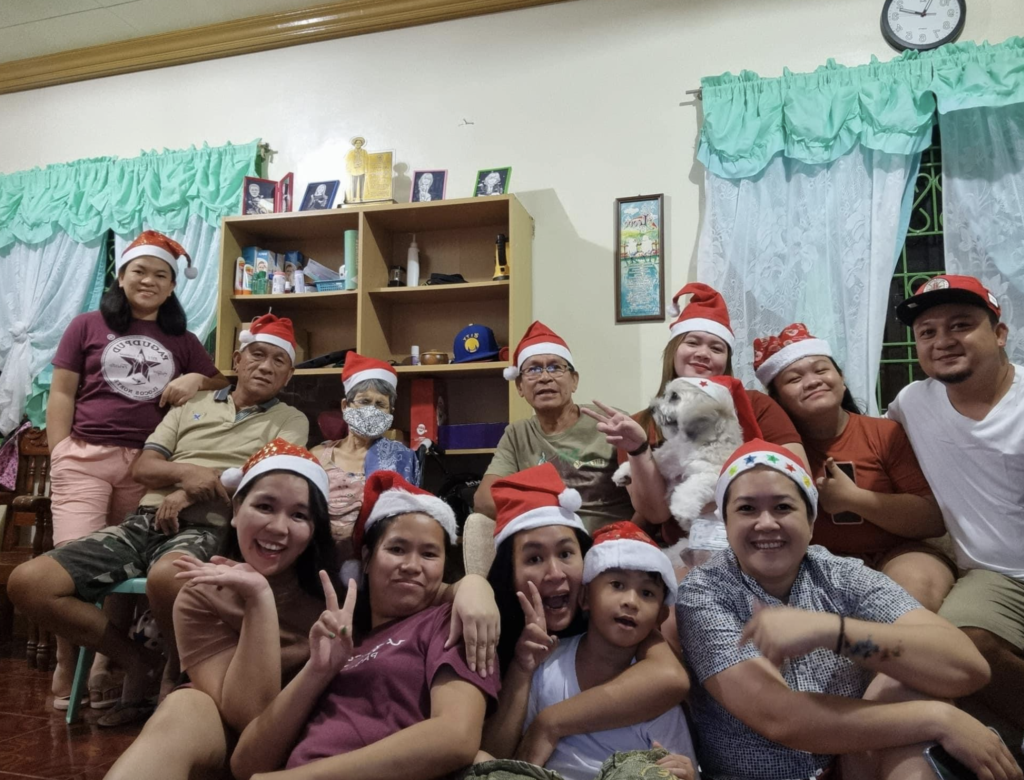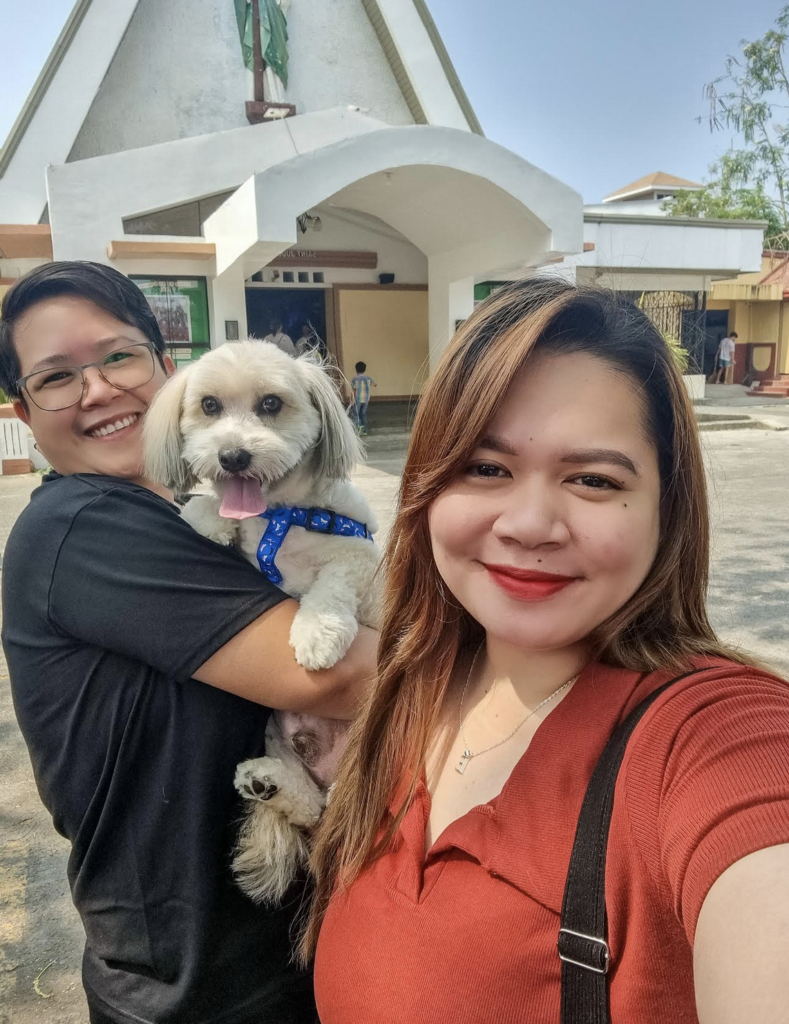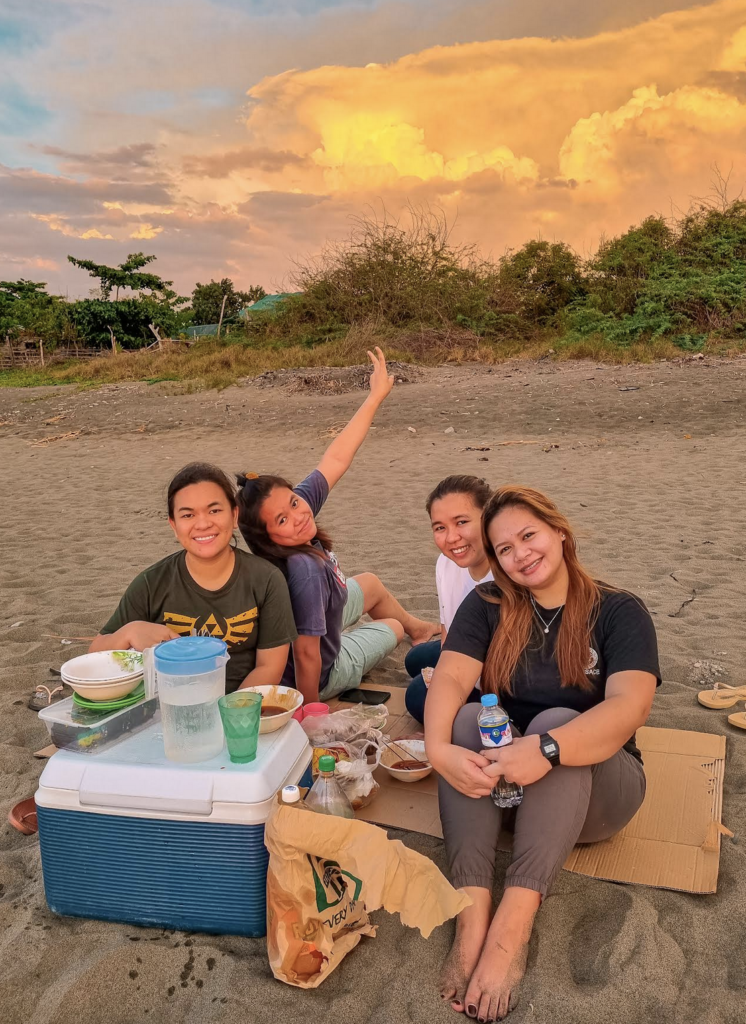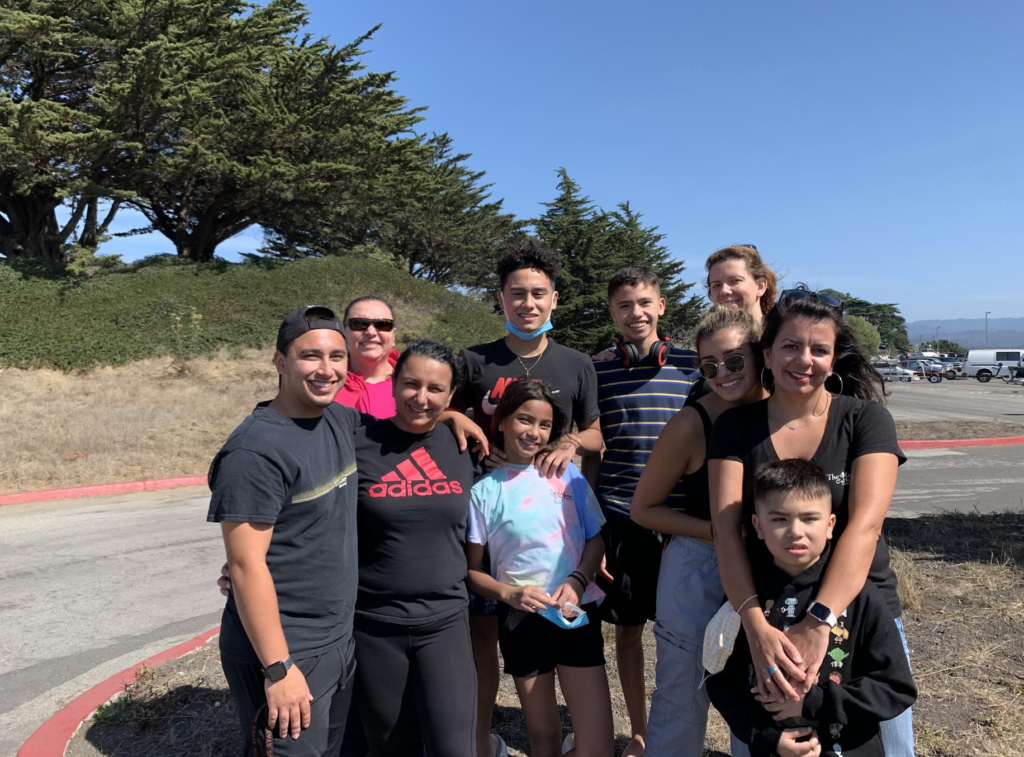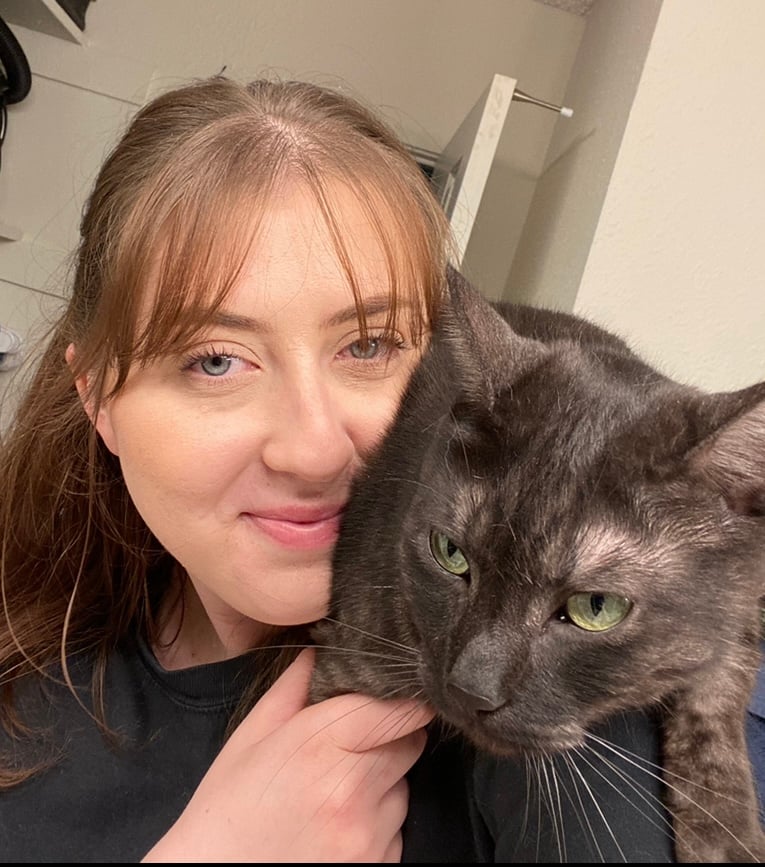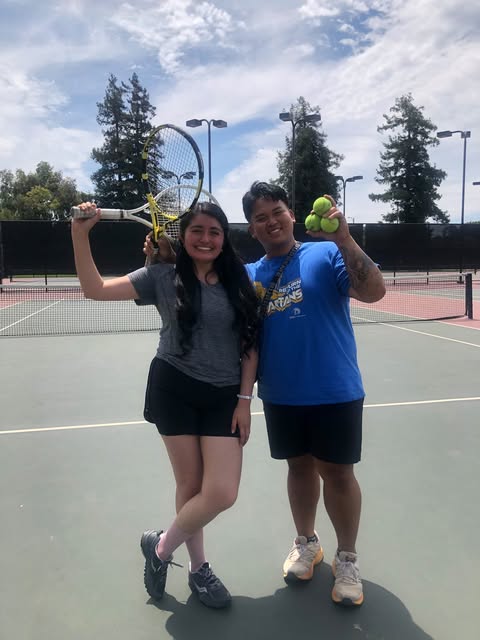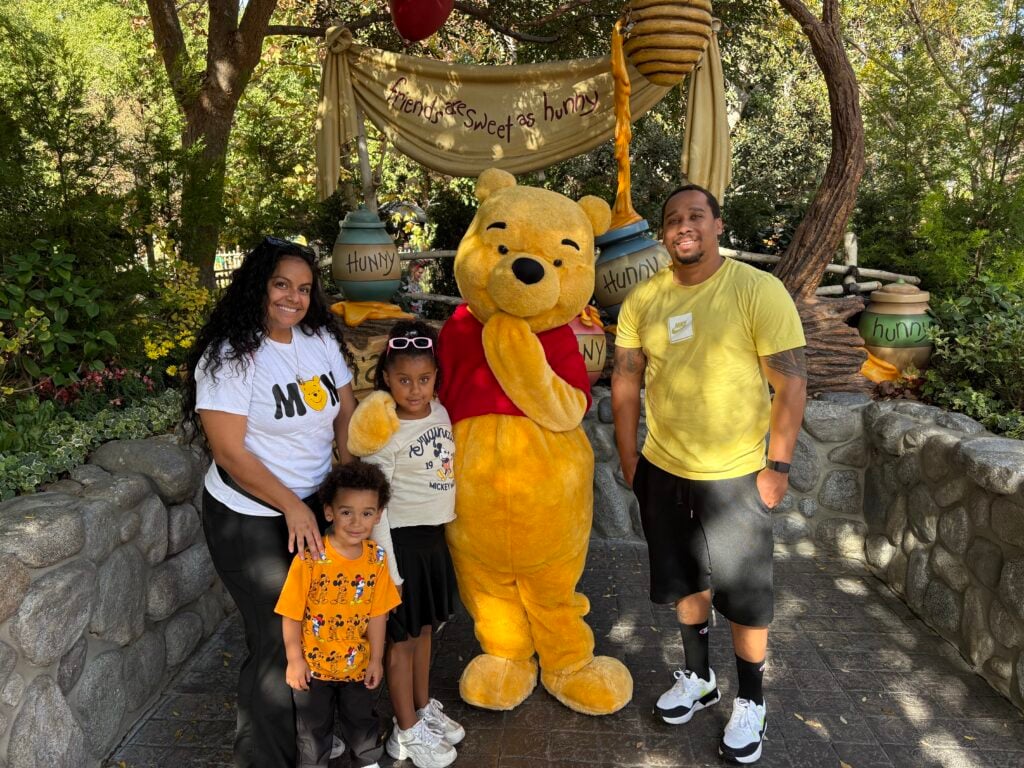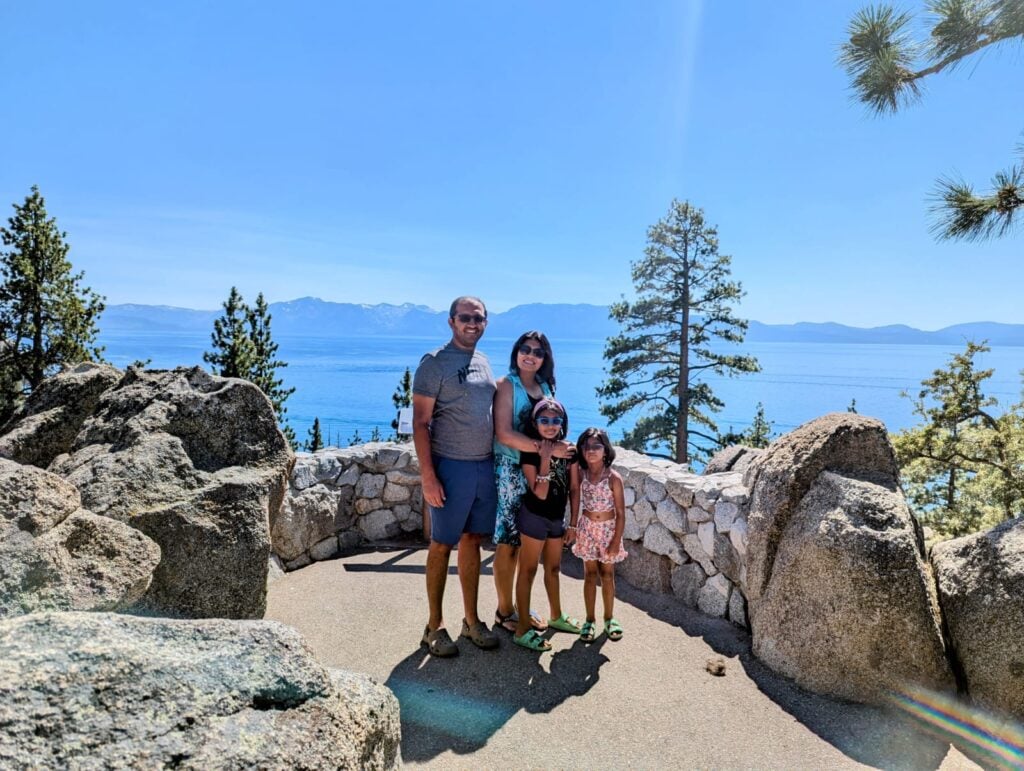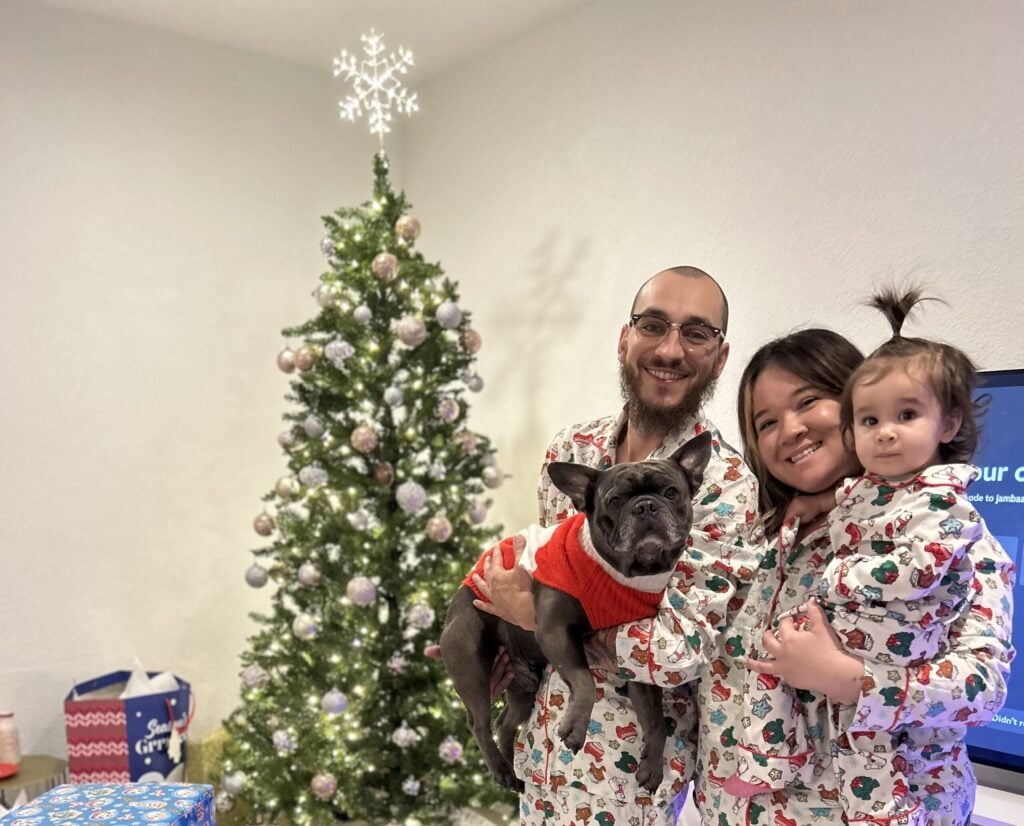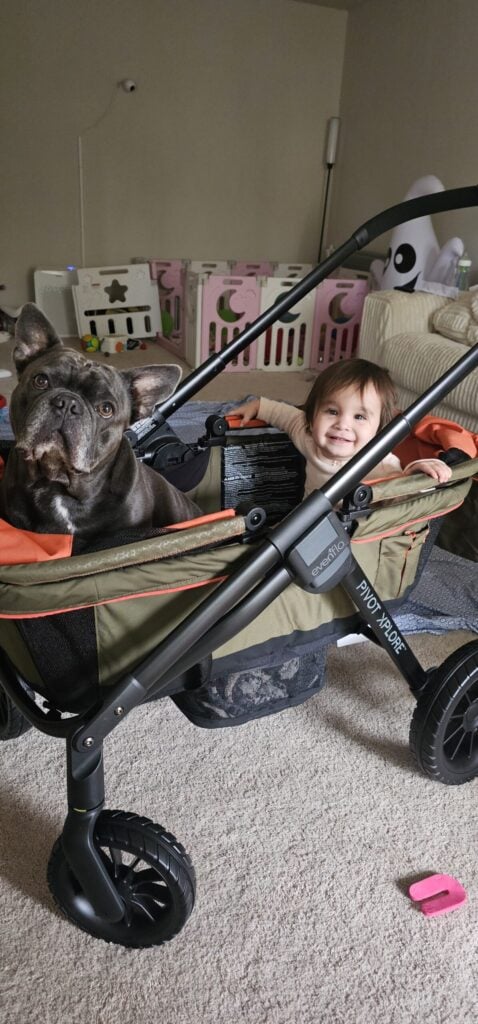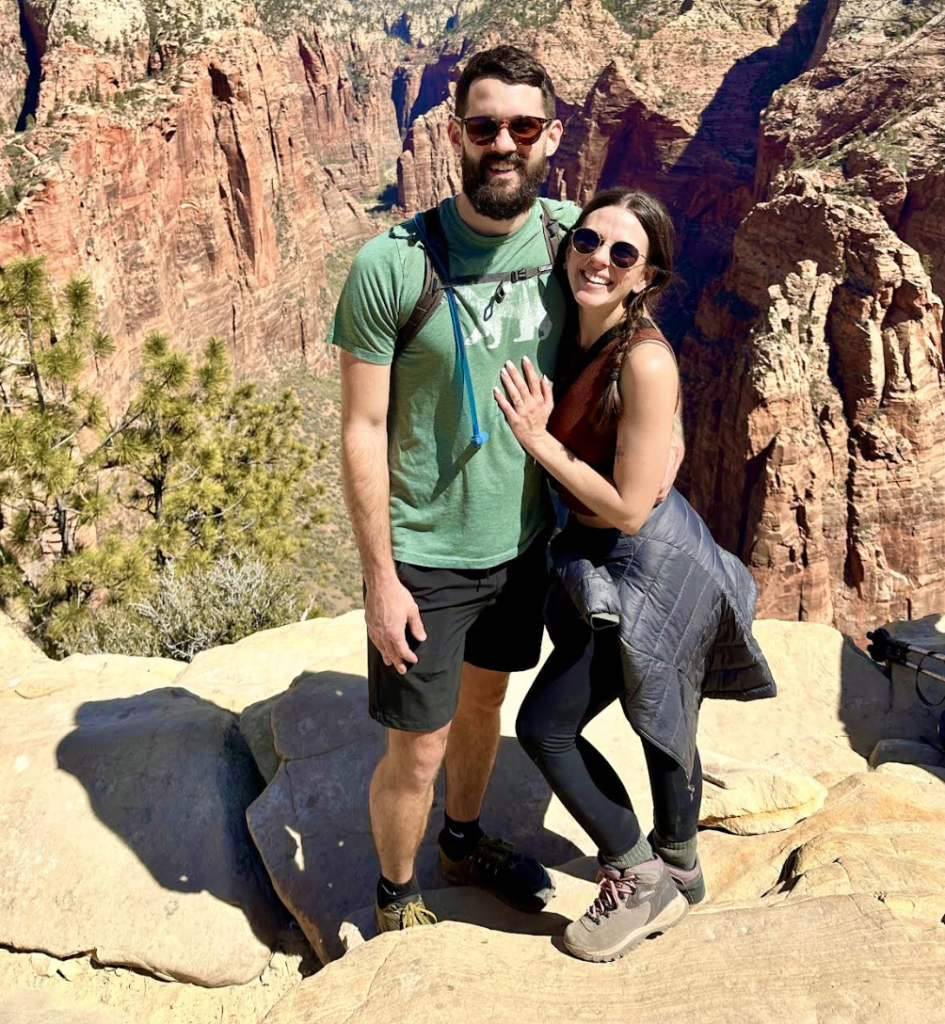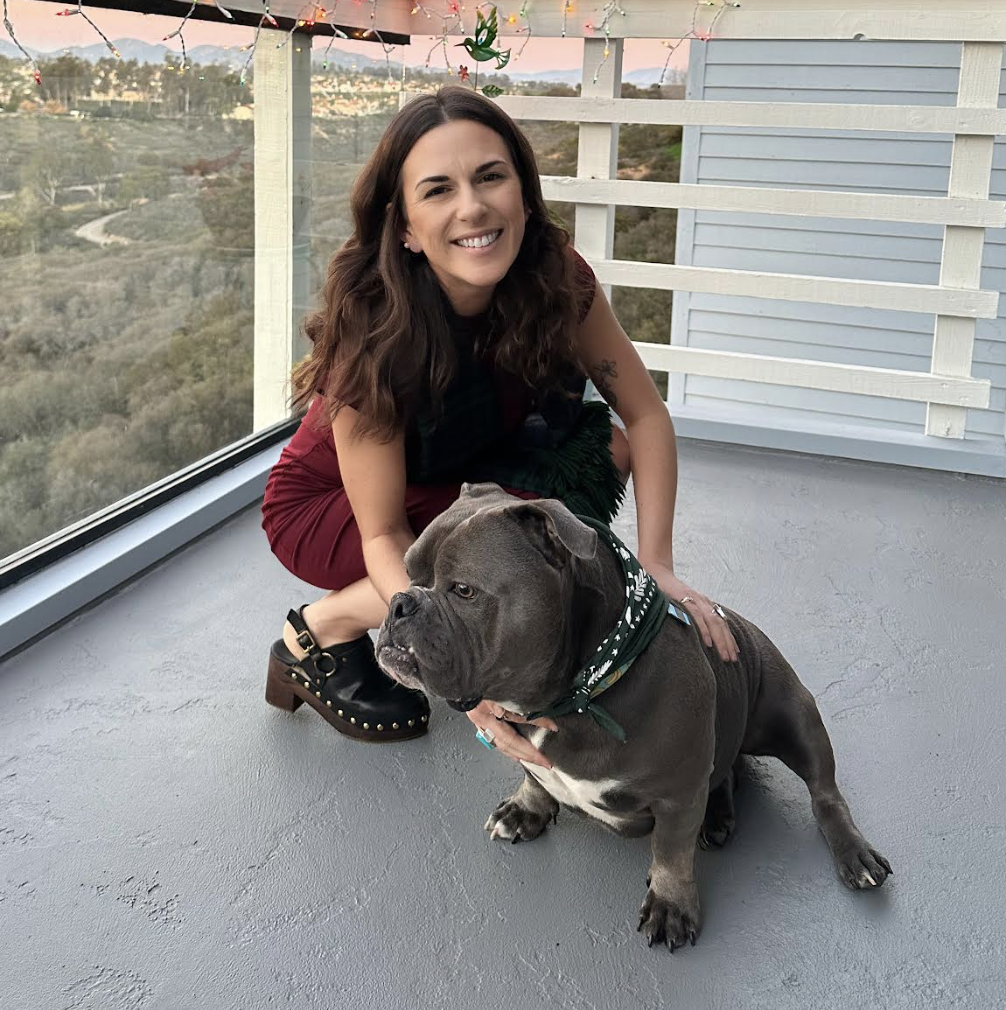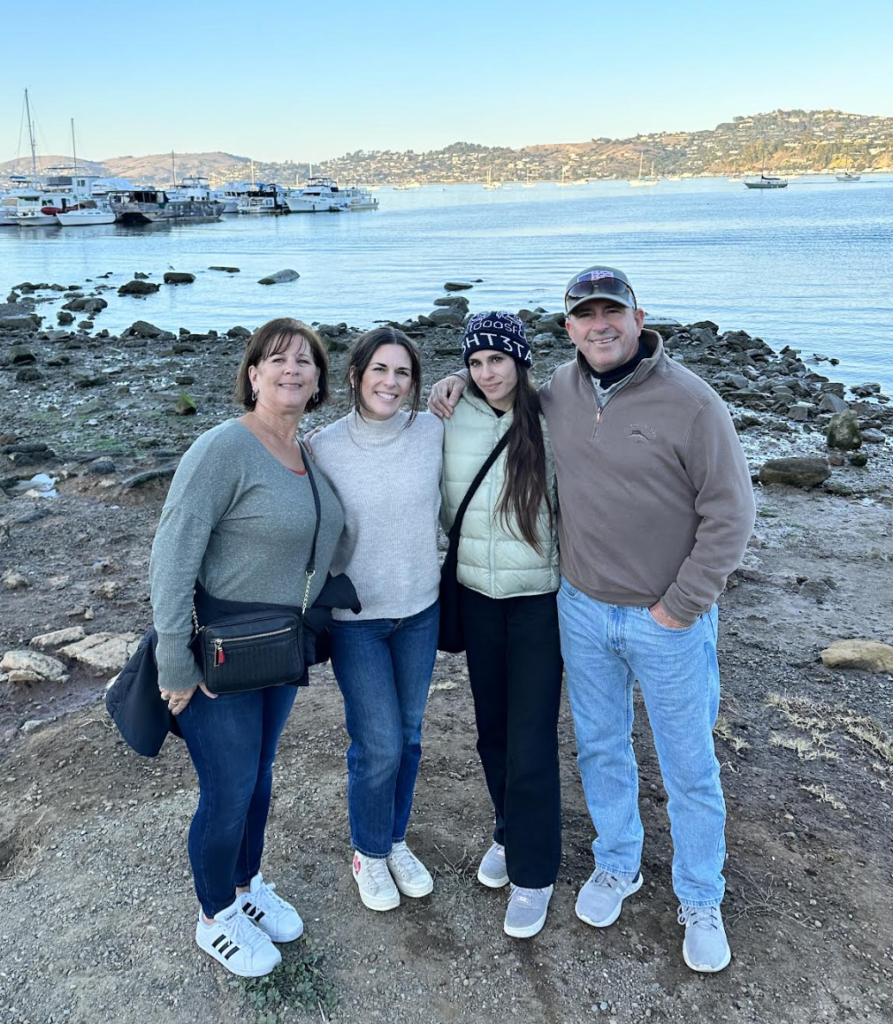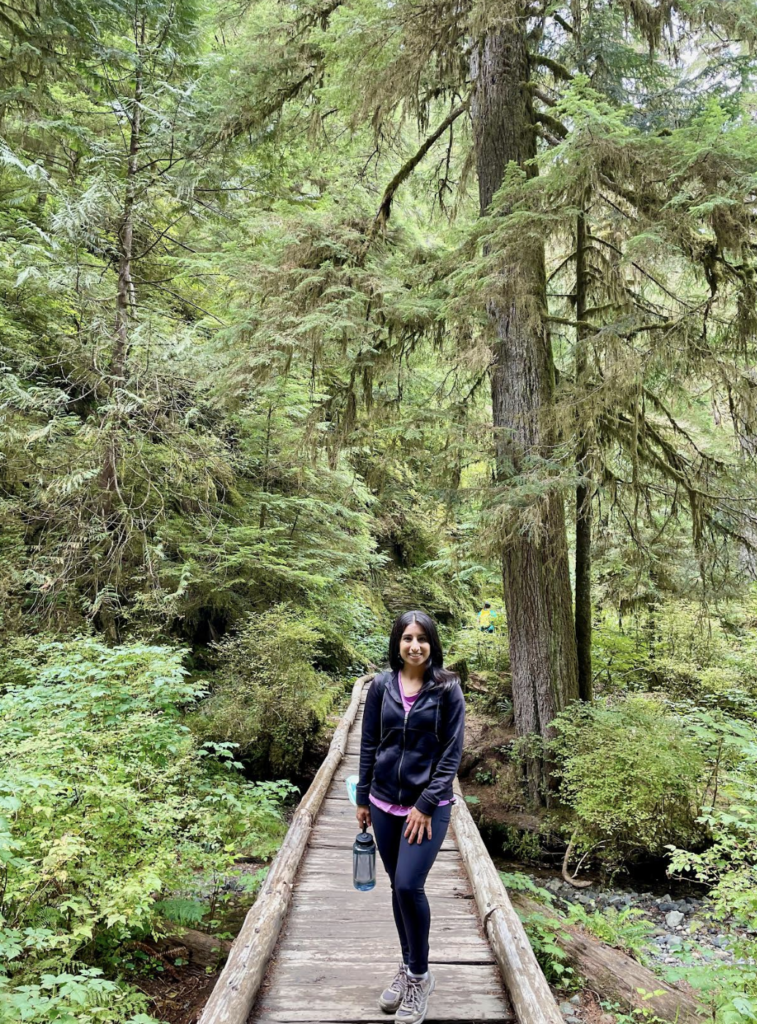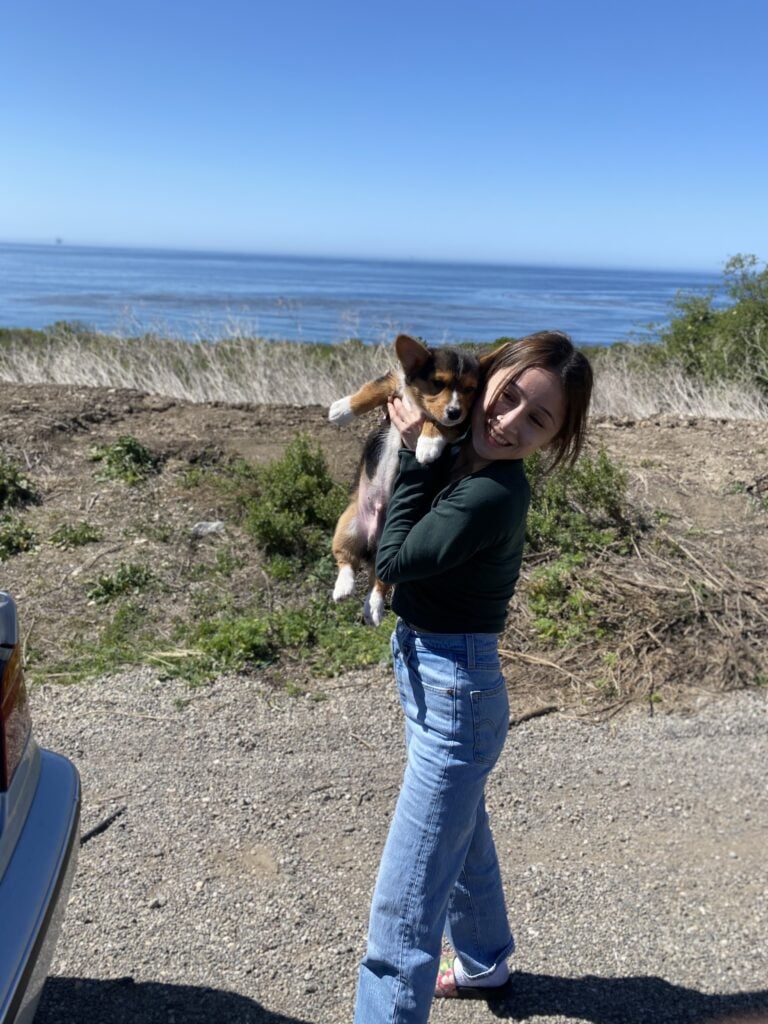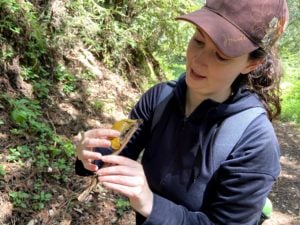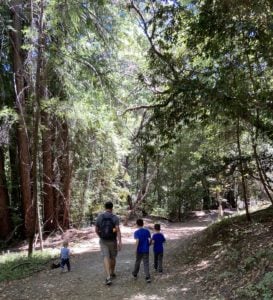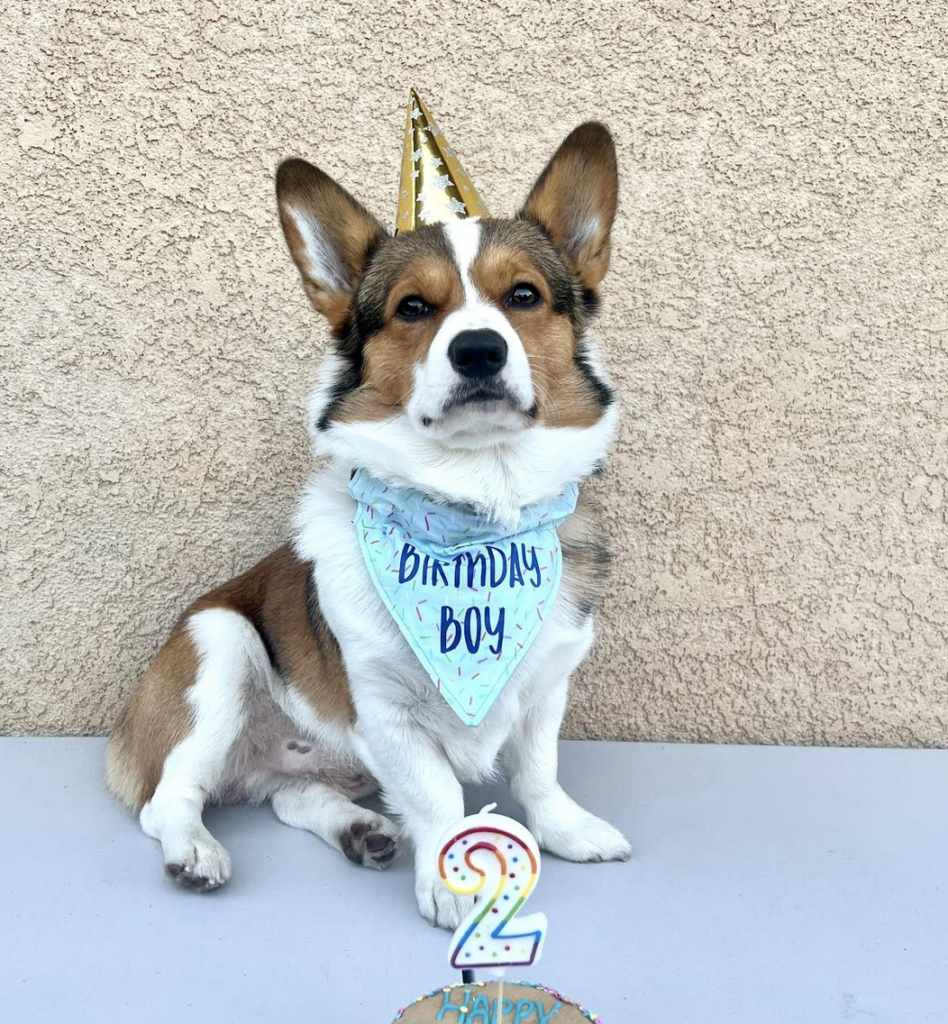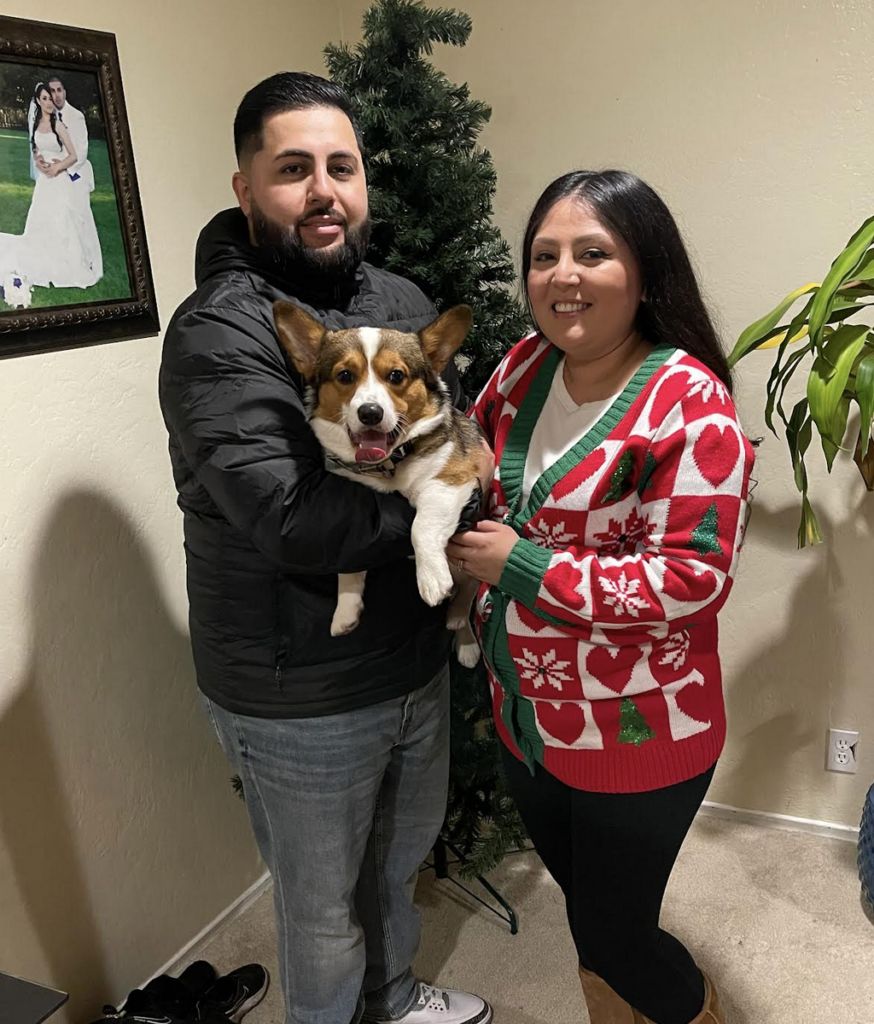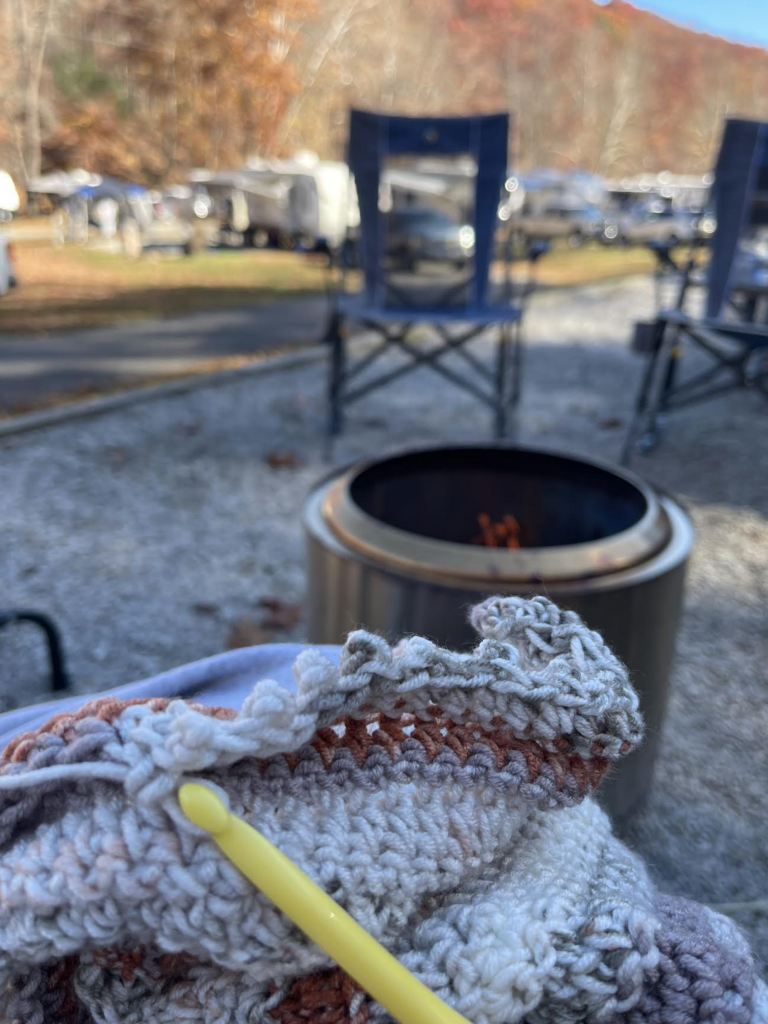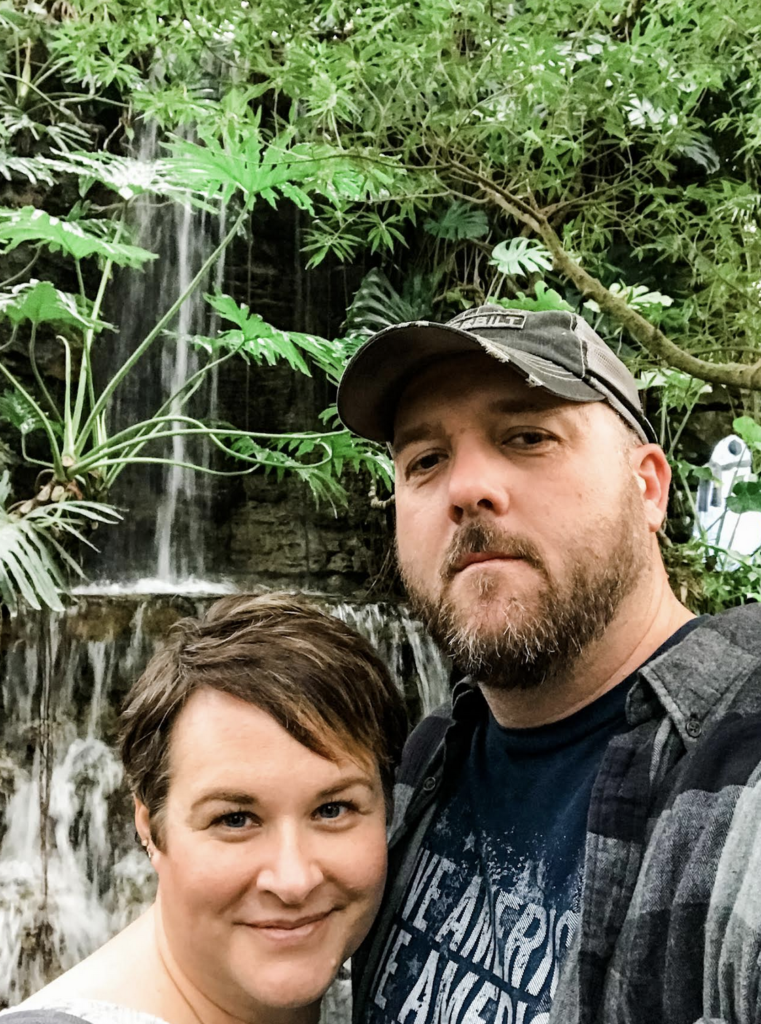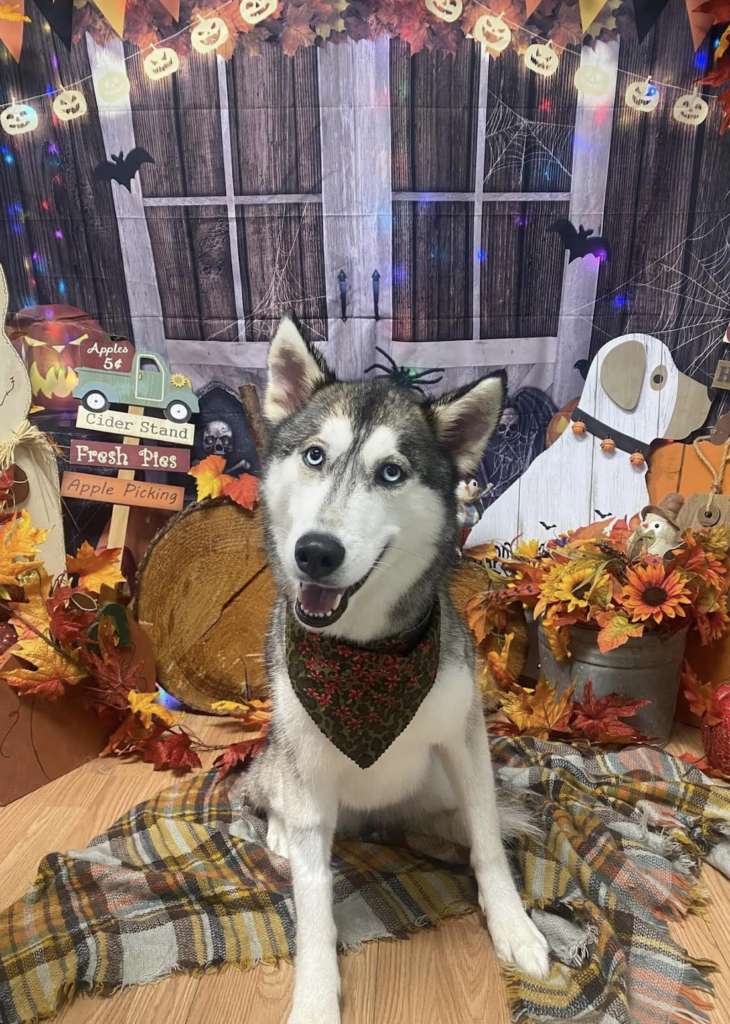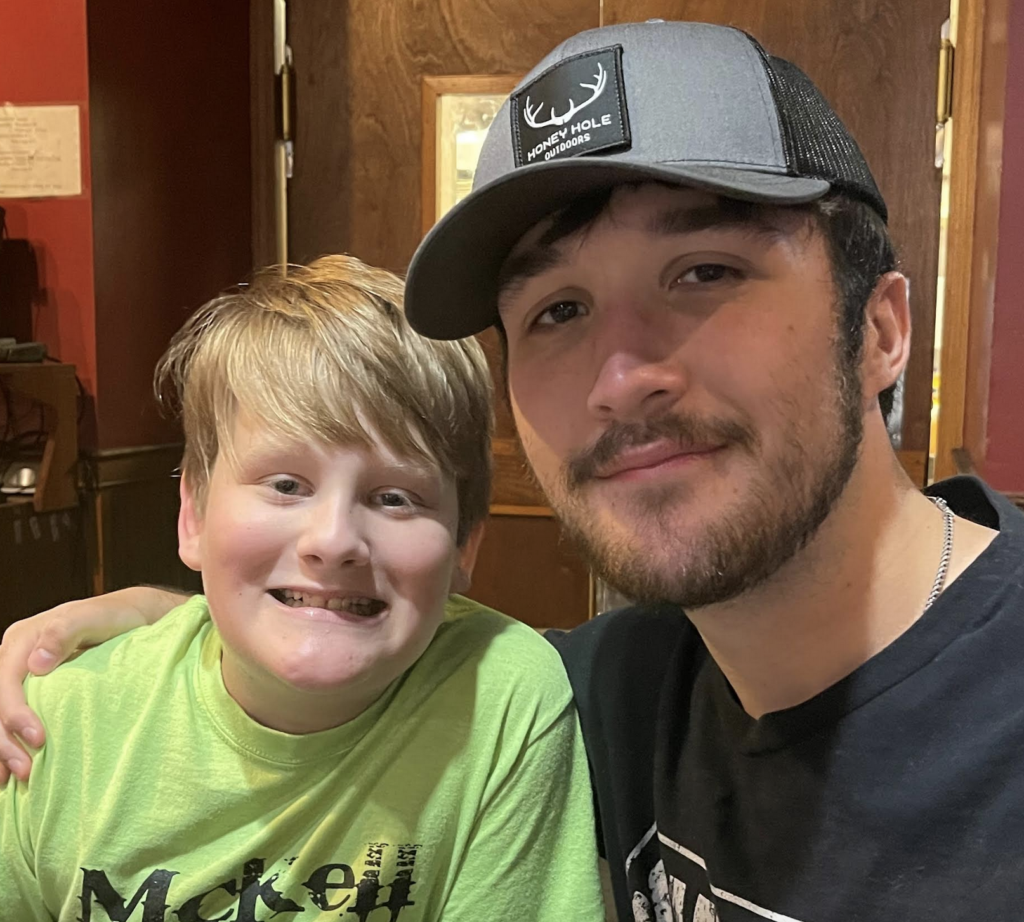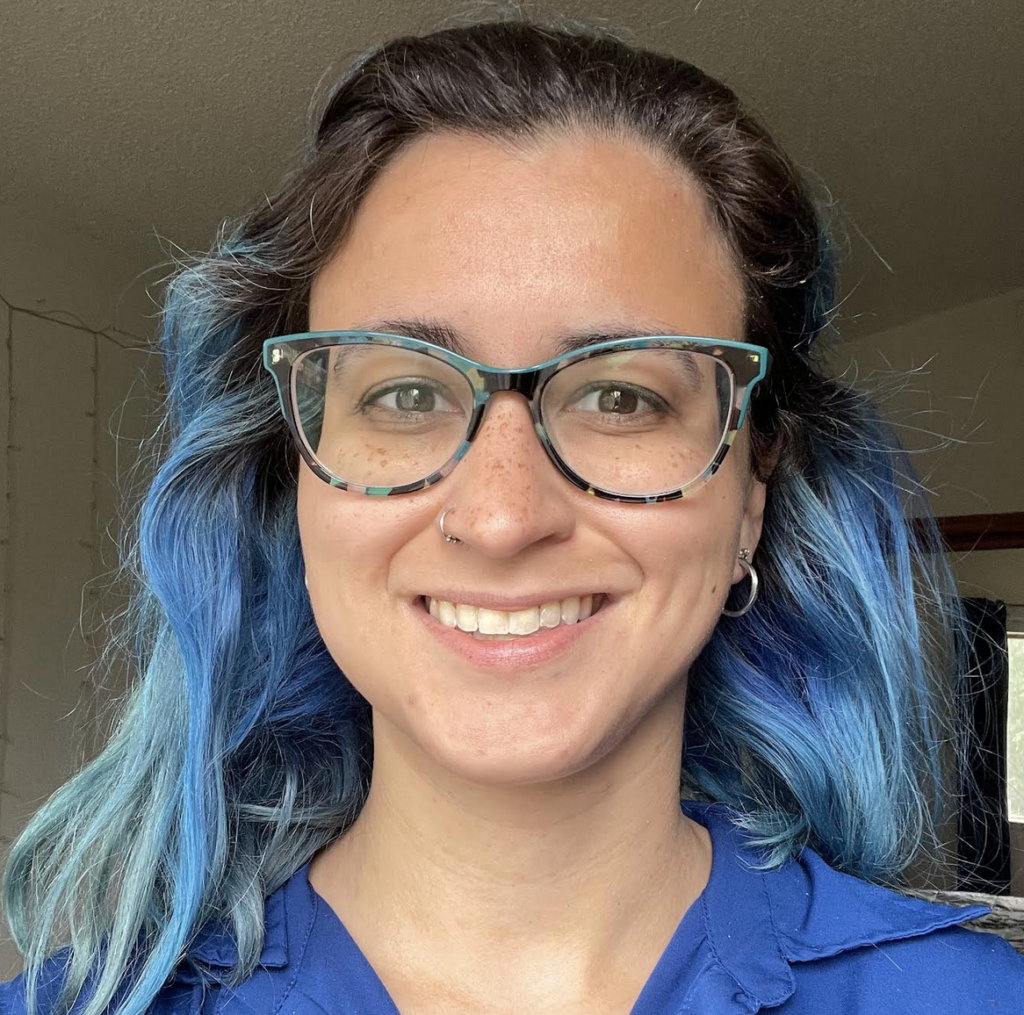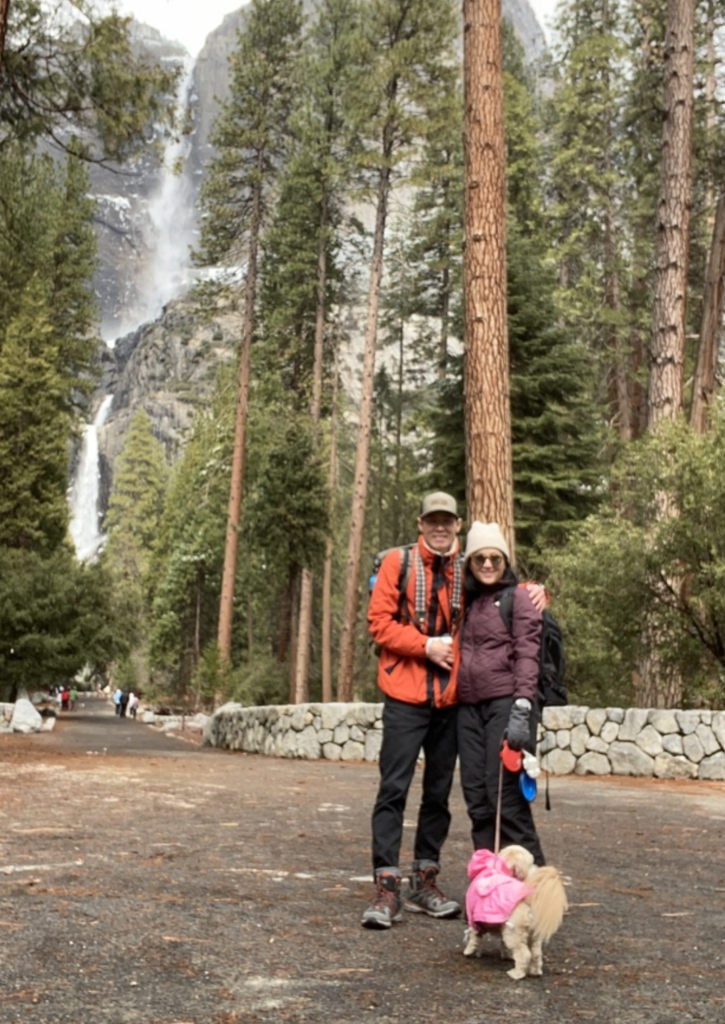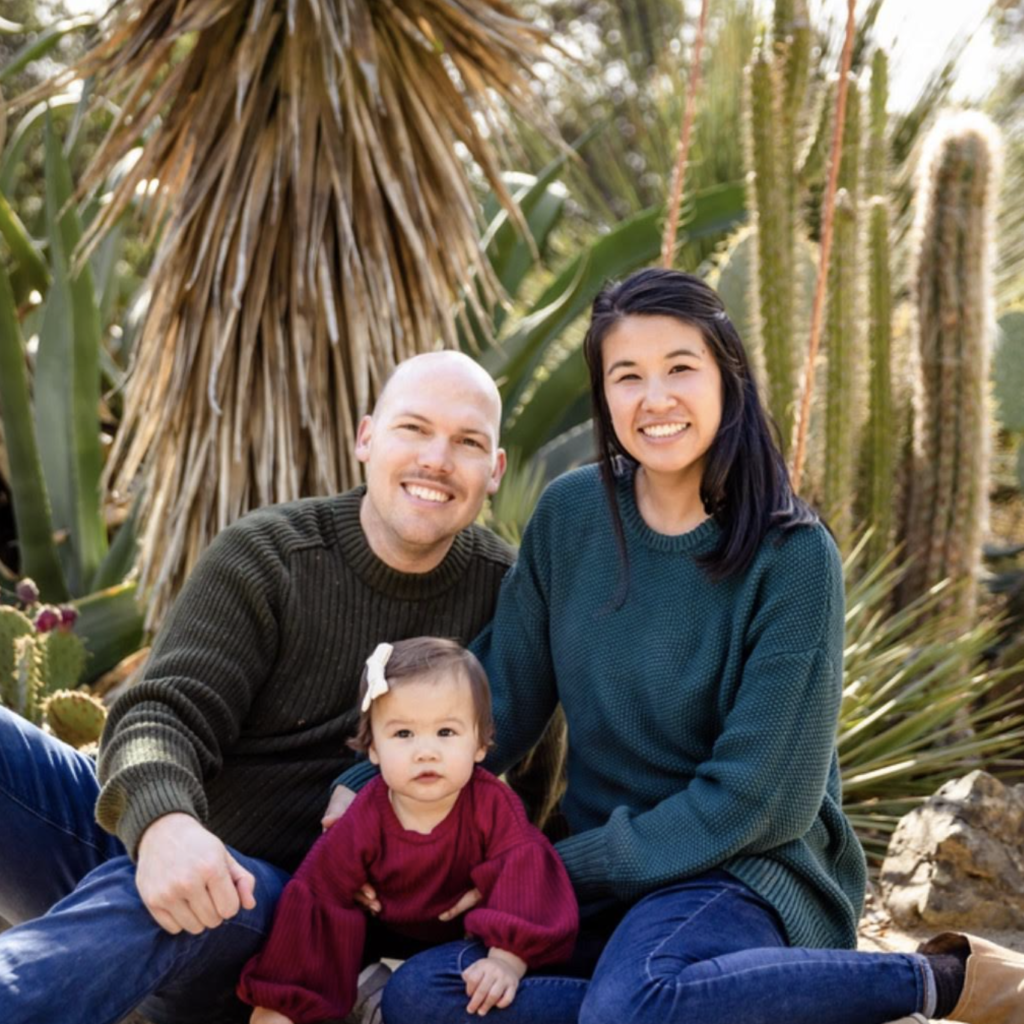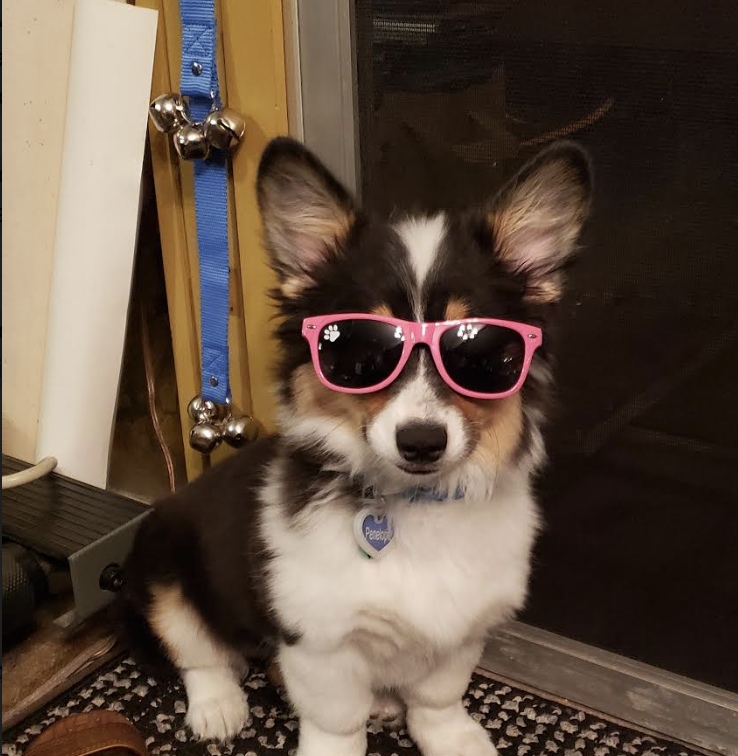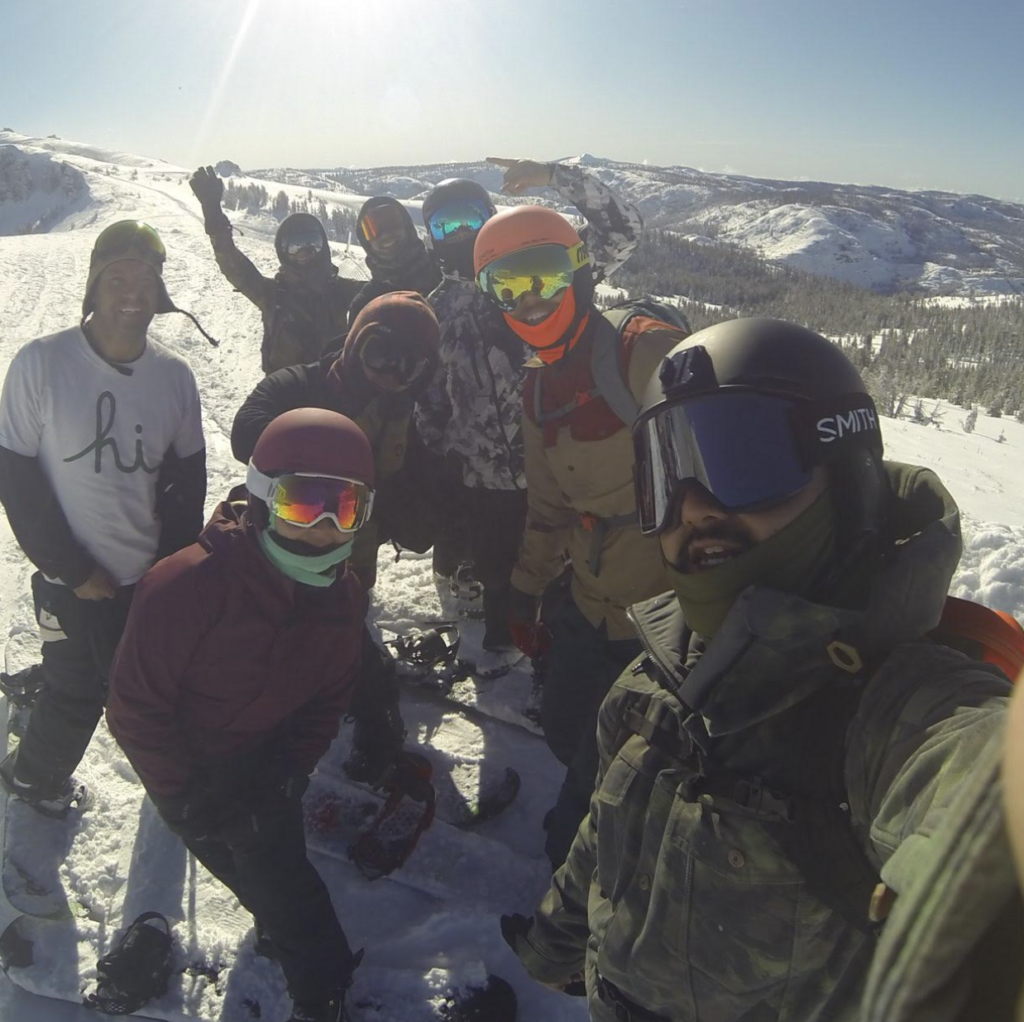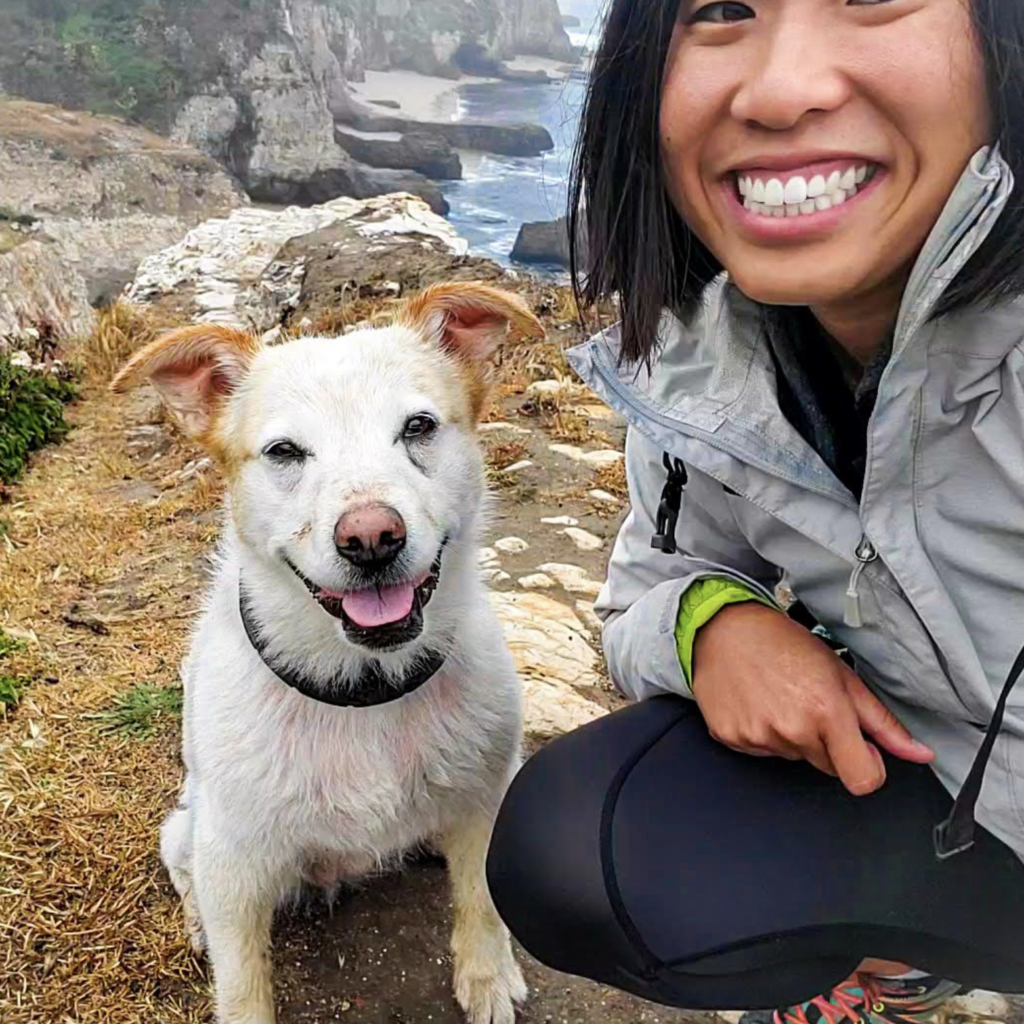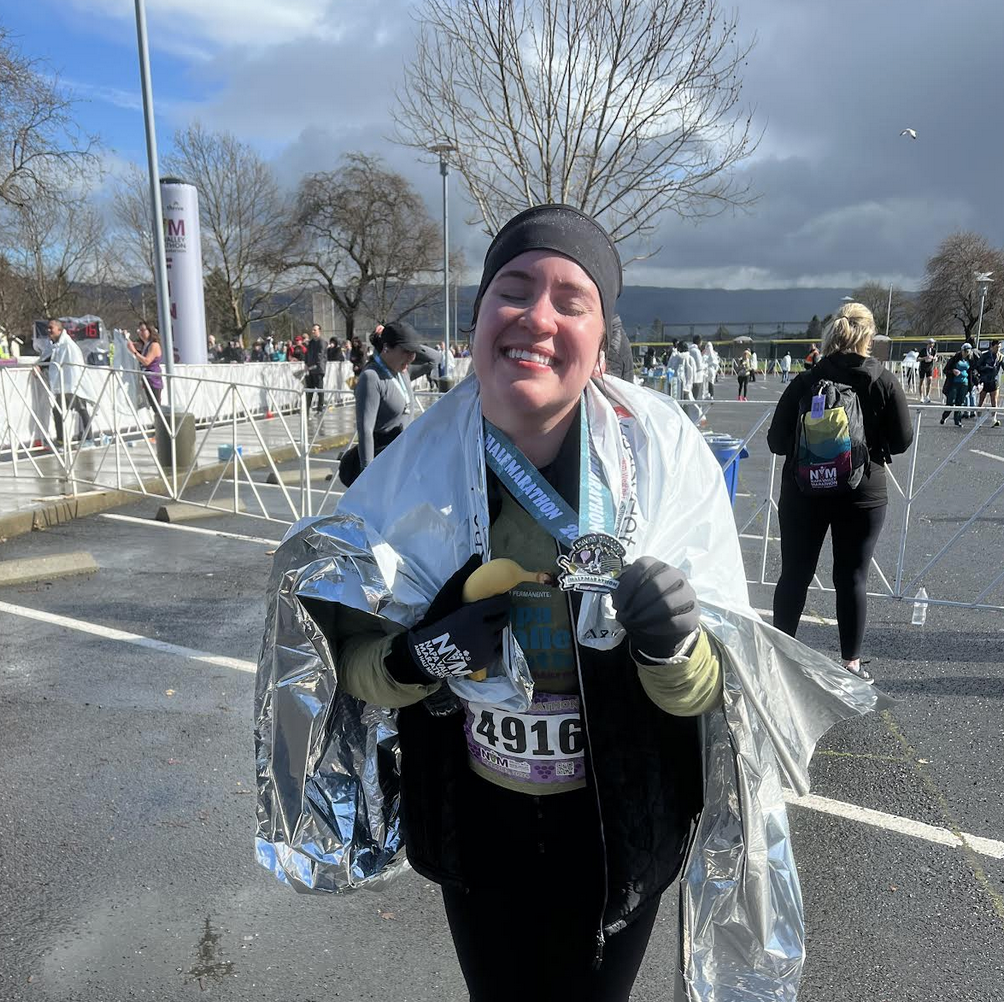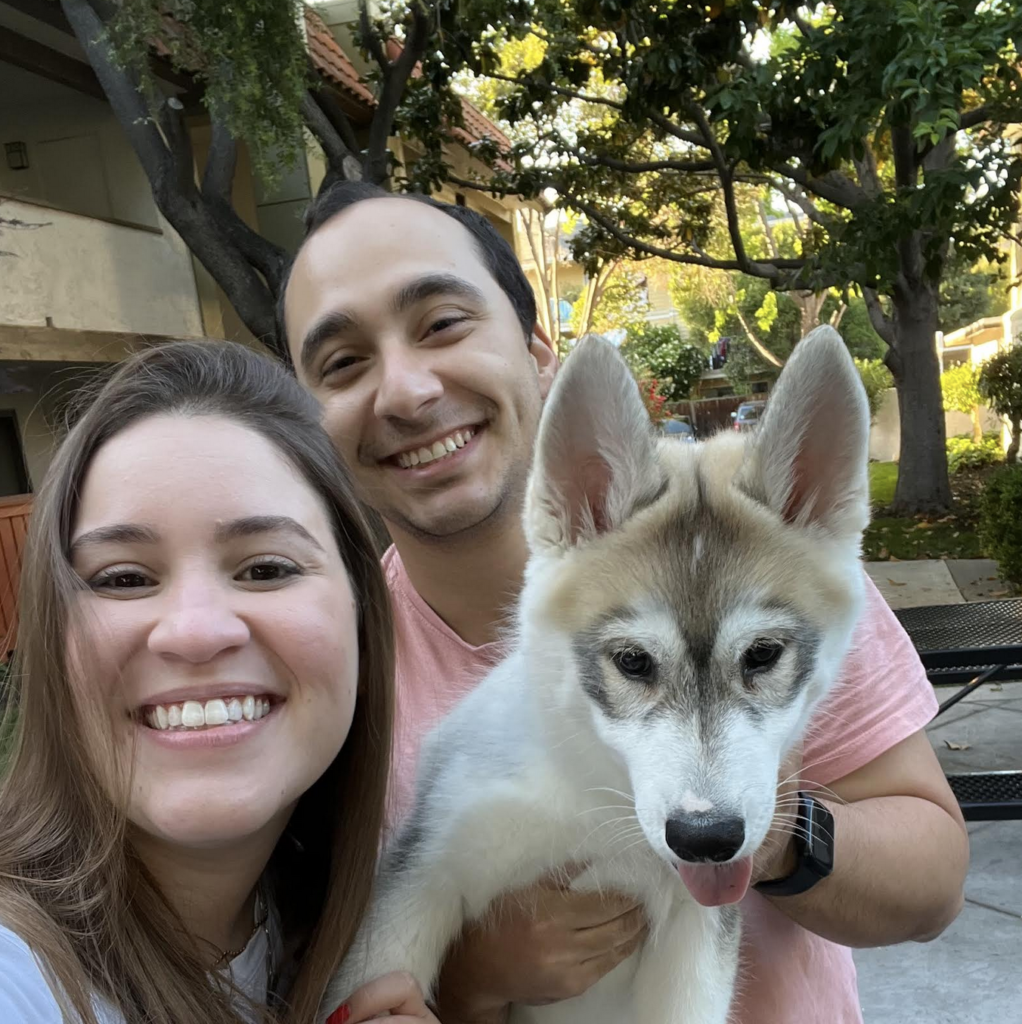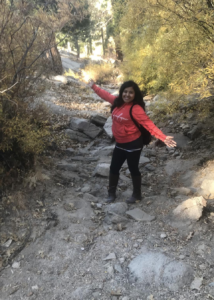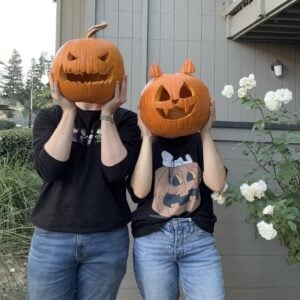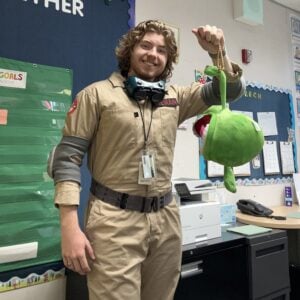
It’s Halloween time again! With other parents you watch a crowd of little monsters, mermaids, and pirates running from porch to porch yelling, “Trick-or-treat!” and collecting sweets. But Halloween brings a problem that you didn’t know you had: Trick or treating can create a huge dent in your child’s safety.
So, why is Halloween dangerous?
If you don’t discuss safety with kids in advance, Halloween can create a double standard about who strangers are and how to interact with them.
Here’s what parents say on a normal basis, and how it makes your child totally confused on Halloween:
- “Don’t talk to strangers.”
- “Don’t take anything from strangers.”
- “Don’t eat all of your candy at once.” (or at least brush your teeth afterward)
Doesn’t rule number 3 sound weird after the first two?
You’re lucky if your child asks:
“Why are you telling me not to take anything from people I don’t know, but it’s okay to take candy on Halloween?”
If your child doesn’t ask about this discrepancy, he may accidentally acquire a double standard: that rules are not strict – and it’s okay to slip through.
Why your kids don’t believe in stranger danger:
Short answer: because 20th-century parents use 19th-century methods to teach 21st-century kids.
For example, let’s compare your child’s Halloween and yours:
Costume:
- Then: You were making your costumes out of cereal boxes, hand-me-downs, and “whatever-you-can-find-in-a garage-honey”.
- Now: Your child’s attire cost you a small fortune. And you can easily out-Pinterest anyone in that category.
Getting around:
- Then: You were roaming the porches between jack-o-lanterns, spiders, and skeletons just with your flashlights. The spookier, the better.
- Now: Your child is mostly buckling-unbuckling from his car seat while you’re driving him around and carrying his stuff and standing behind him.
Safety:
- Then: Strangers were probably a big deal in your neighborhood where most people knew each other. And on Halloween, anyone giving candy magically seemed to be safe and kind.
- Now: Today’s kids pick their flavors and stay away.
Next step:
Times changed, kids changed – safety rules should change too. When you were a child a stranger was pictured as a guy in a black hat who was sitting in bushes offering candy.
Who is a stranger today? A grocery store employee, a waiter, another parent on a playground?
Modern kids interact with strangers without knowing it. How can we explain safety (without sounding like a dinosaur) to an iPad-motivated elementary school kid who casually mentions: “I’m listening to my mom, but I make my own mind up about it.”?
Use Halloween as a lesson on safety:
First, your knowledge about safety needs to be fresh and modern. If it’s not, your kids won’t take it seriously since it doesn’t relate to their world.
Let’s see how some of the old rules changed and what to teach instead:
Old rule #1: “Don’t talk to strangers”.
New rule: “It’s okay to talk to strangers in a safe environment when a parent is around (within your arm’s reach.)”
Old rule #2: “Don’t take anything from strangers”.
New rule: “It’s okay to accept something from strangers if your parent is around and you have his/her permission”.
Old rule #3: “Brush your teeth after eating candy.”
New rule: no new rules here – just brush them.
The right answer to the Halloween confusion is “Yes, you can go and take candy or treats from this person—but only because (1) I’m around and (2) I allow you”.
Be WITH Kids offers a whole course for parents of kids 3-10 years old explaining how to teach safety in a modern and positive way using games and experiences. You can check it out here.
Extra tips on safe trick-or-treating:
- Warn your child about dogs that may behave oddly around a crowd of kids yelling at the door:
- Don’t stare into the dog’s eyes – it’s a sign of aggression – it may attack.
- If your costume includes weapons, don’t aim them at the person opening the door – the dog may charge to protect him.
- Don’t yell “trick-or-treat” at the dog.
- If you can, use reflective tape on your child’s costume – drivers will see him better. Drive neighborhoods slowly, watching for kids, the night of Halloween.
- Check candies before letting kids eat them to make sure they are what they’re supposed to be.
Double-safe option:
If you want to be a level up in safety, do trick-or-treating with the neighbors you know and are friends with.
If your friends live too far from each other, throw a potluck party in the park and do “trunk or treat”. “Trunk or treat” means that you park next to each other and let your kids do trick or treating from the trunks of your cars. Plan for a safe parking lot for that – without other cars coming and leaving.
Bottom line:
If you use it right, Halloween can become a wonderful opportunity to start a natural conversation about safety with strangers without scaring your child:
Join the mini-course “Teach your child safety with strangers (and other people) in a positive way” – where you can check how safe your child is now, learn 40 safety rules for elementary aged kids, and figure out how to explain it in a positive way. + Conversation scripts, action plans, and safety hacks for parents.
Join the mini-course, show kids how to brush that caramel out of their teeth, and stay safe this Halloween.
